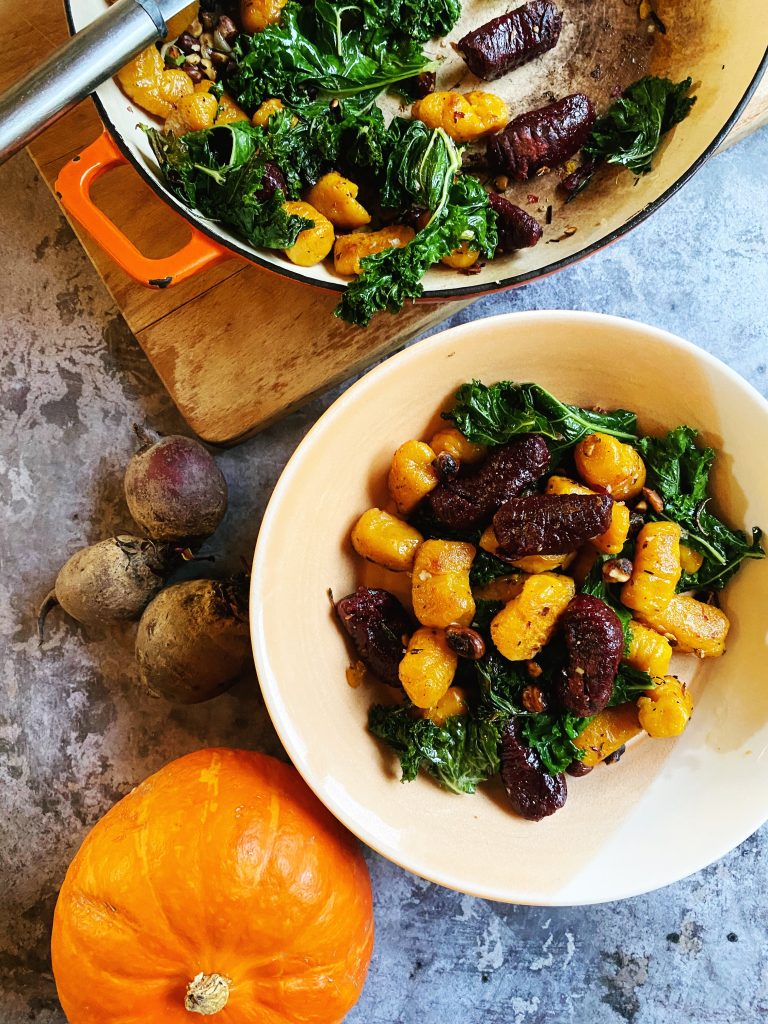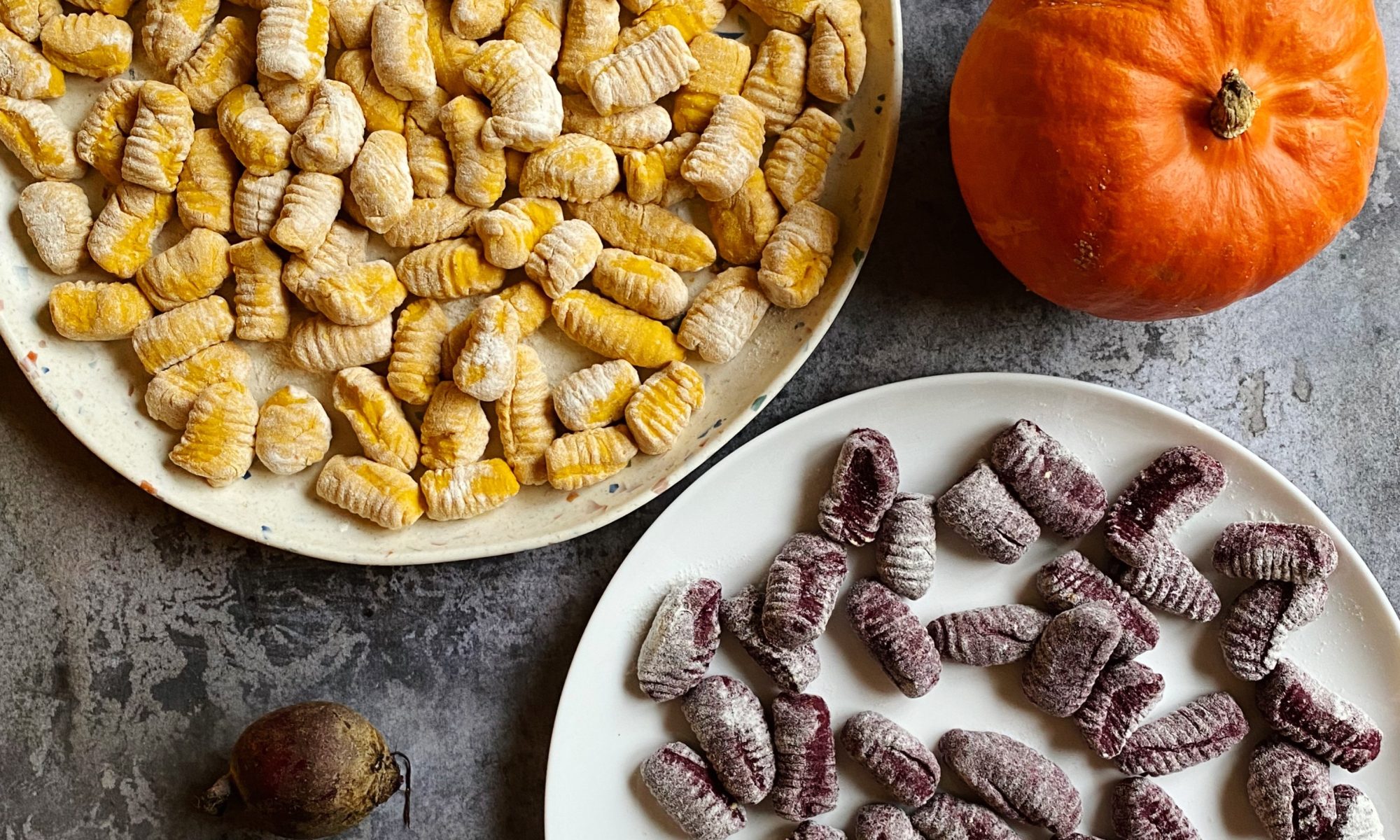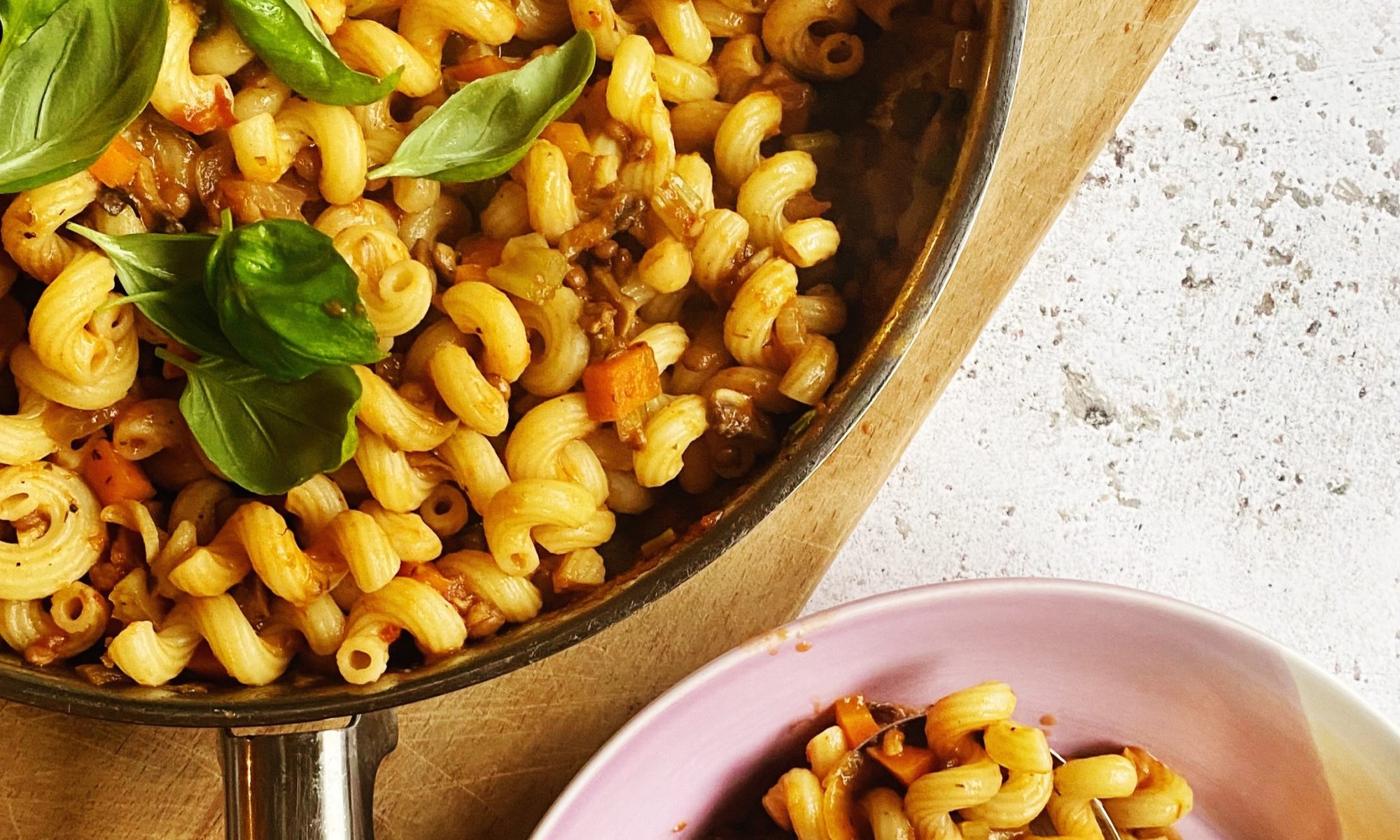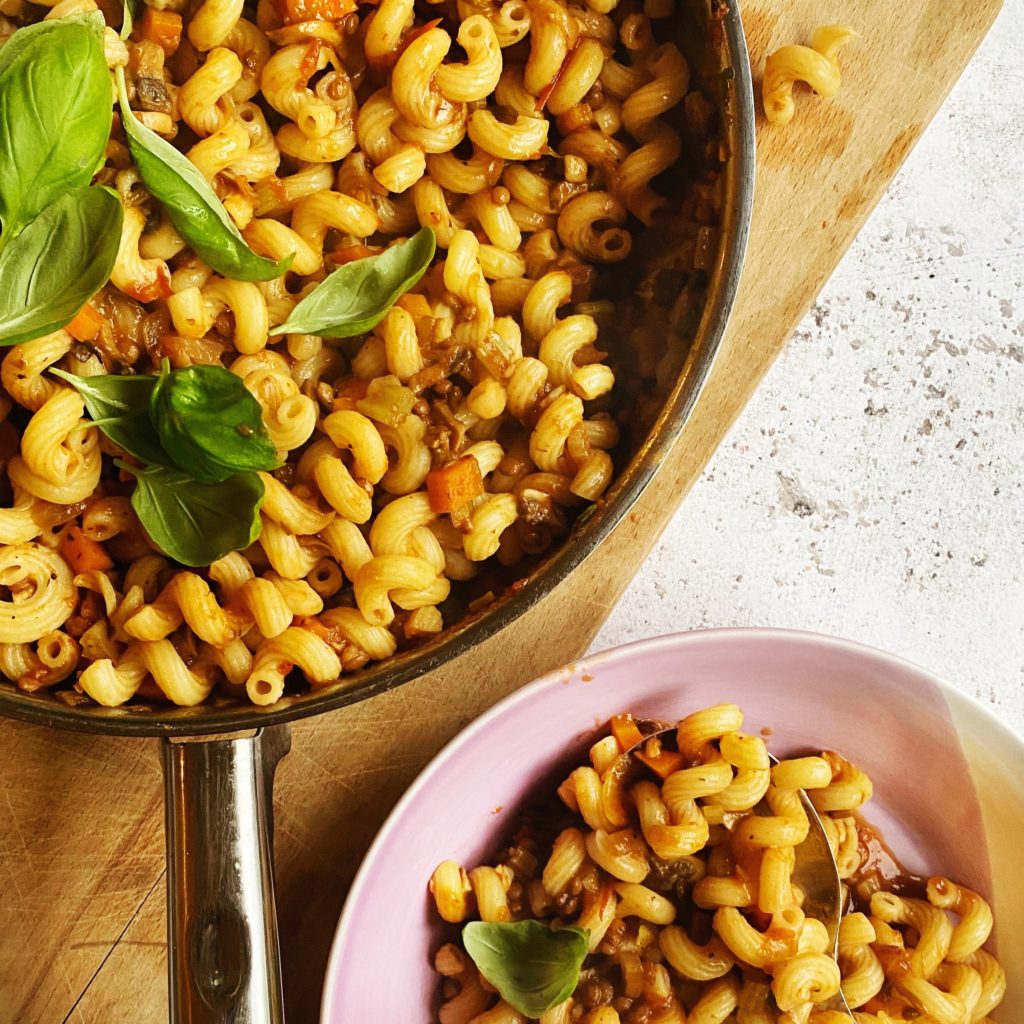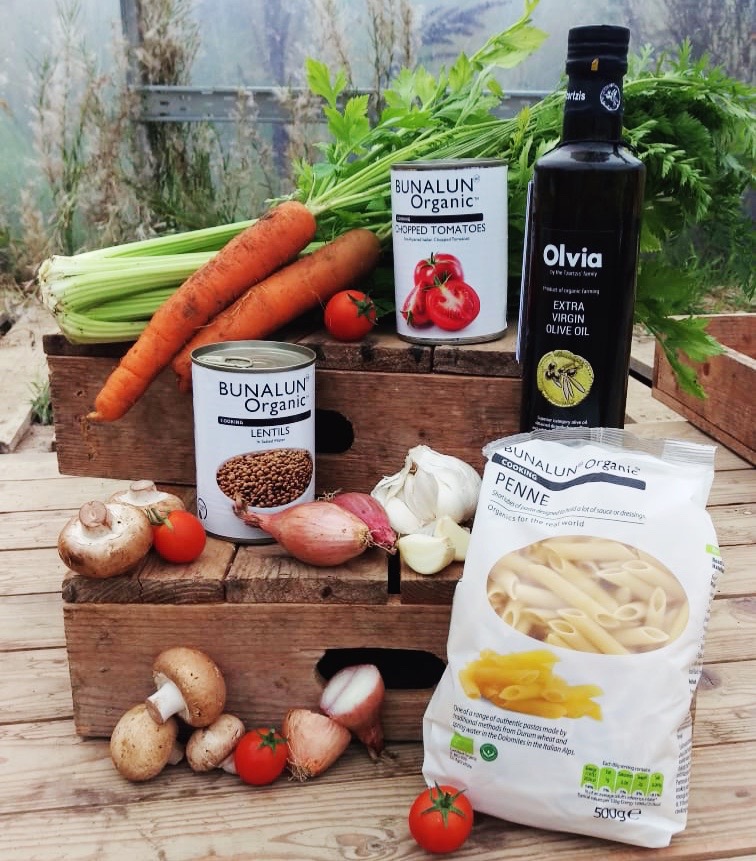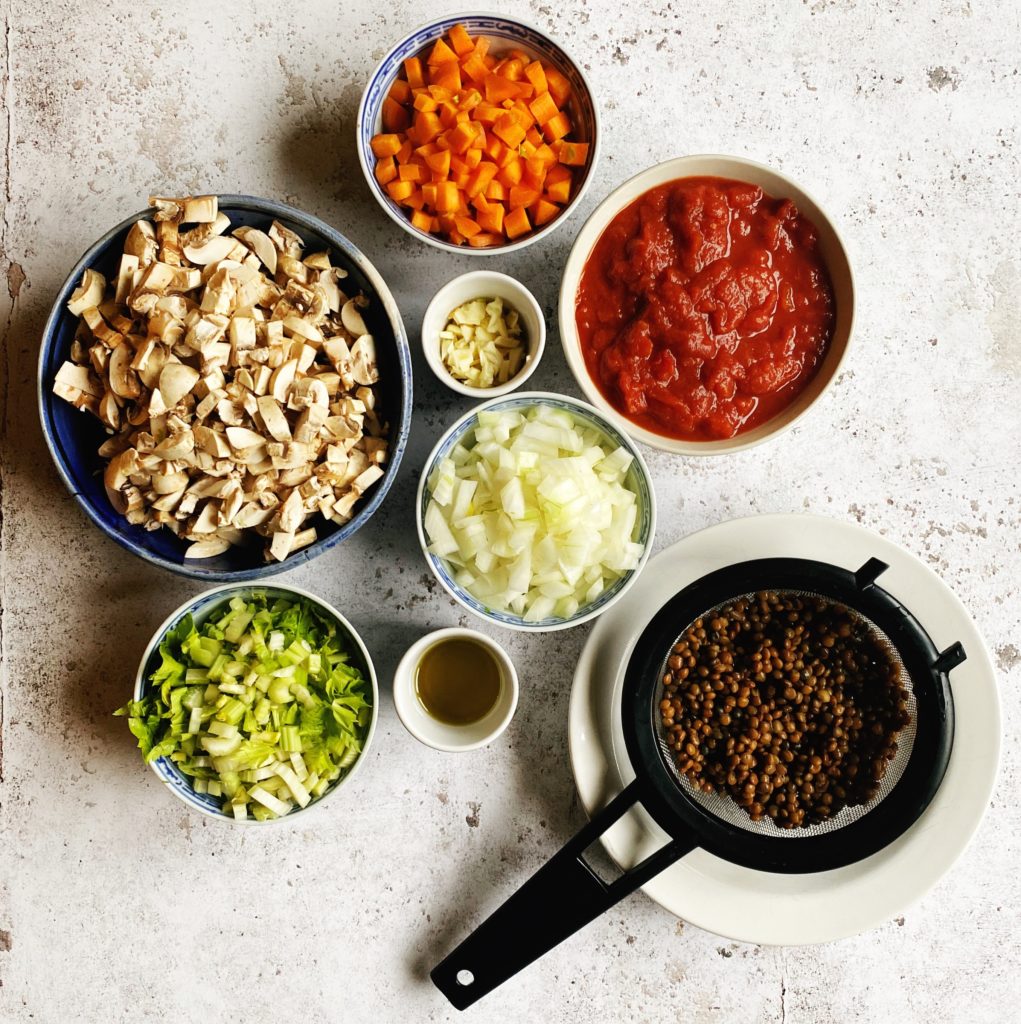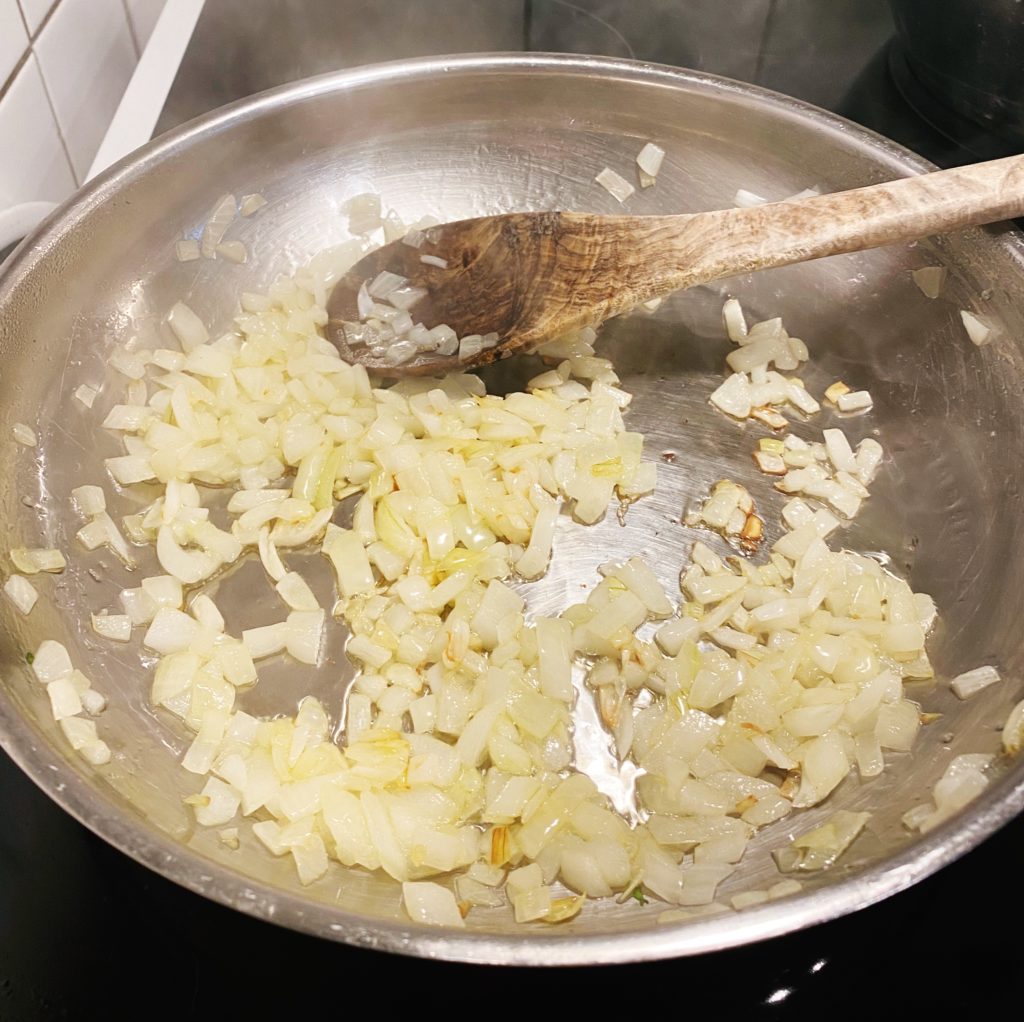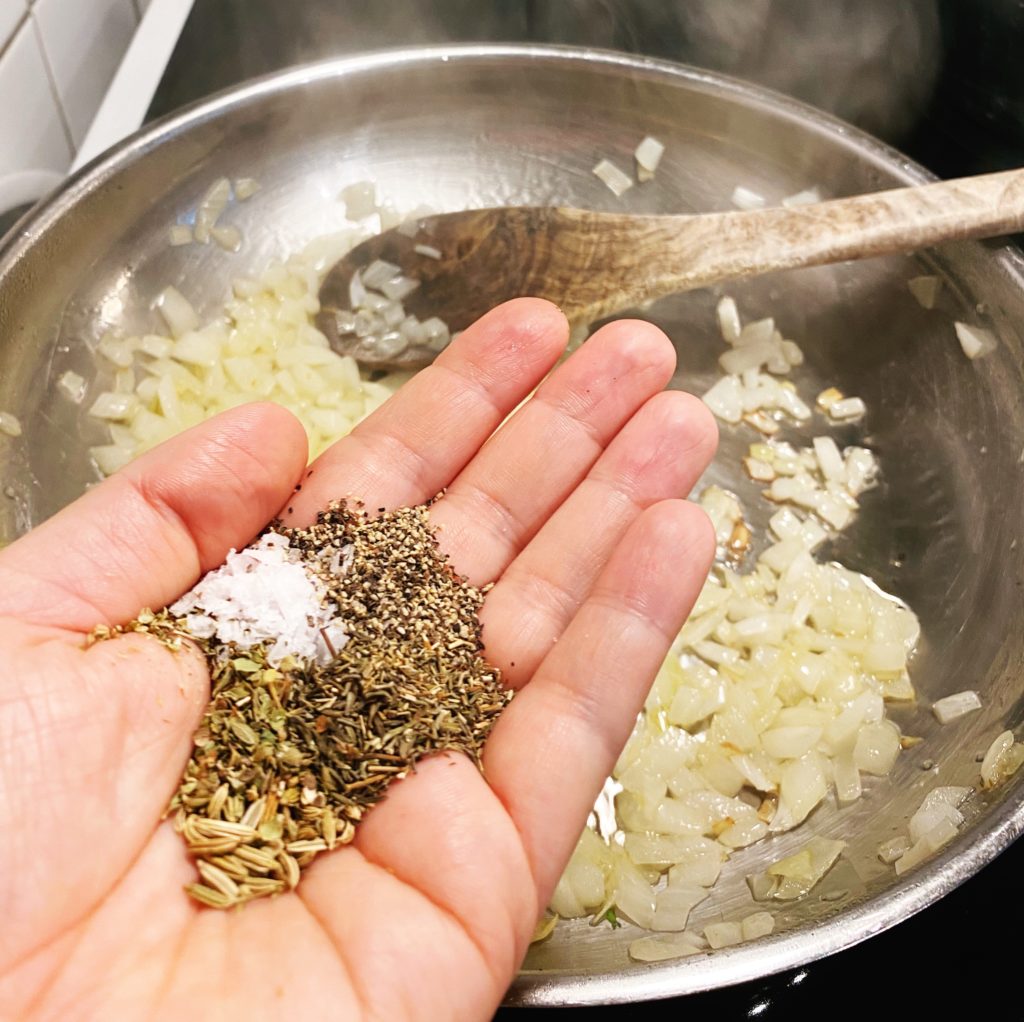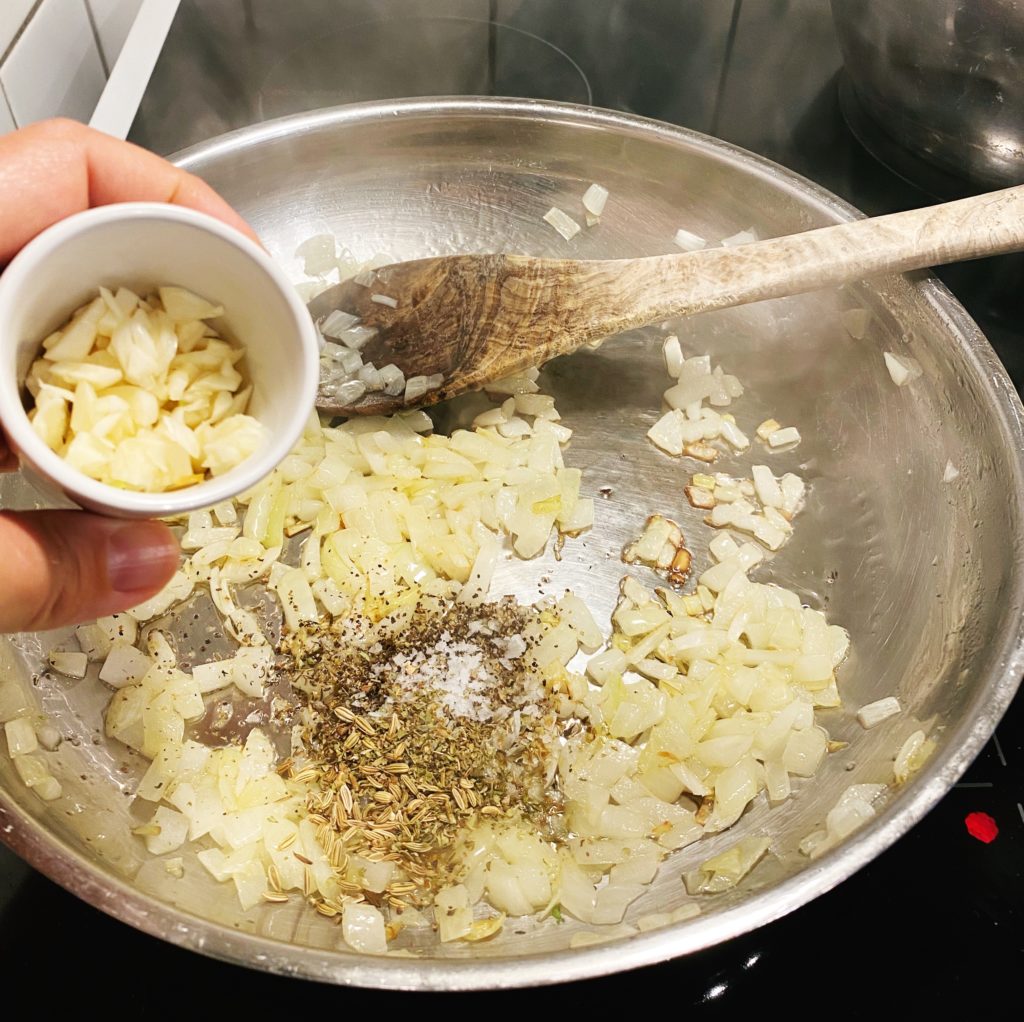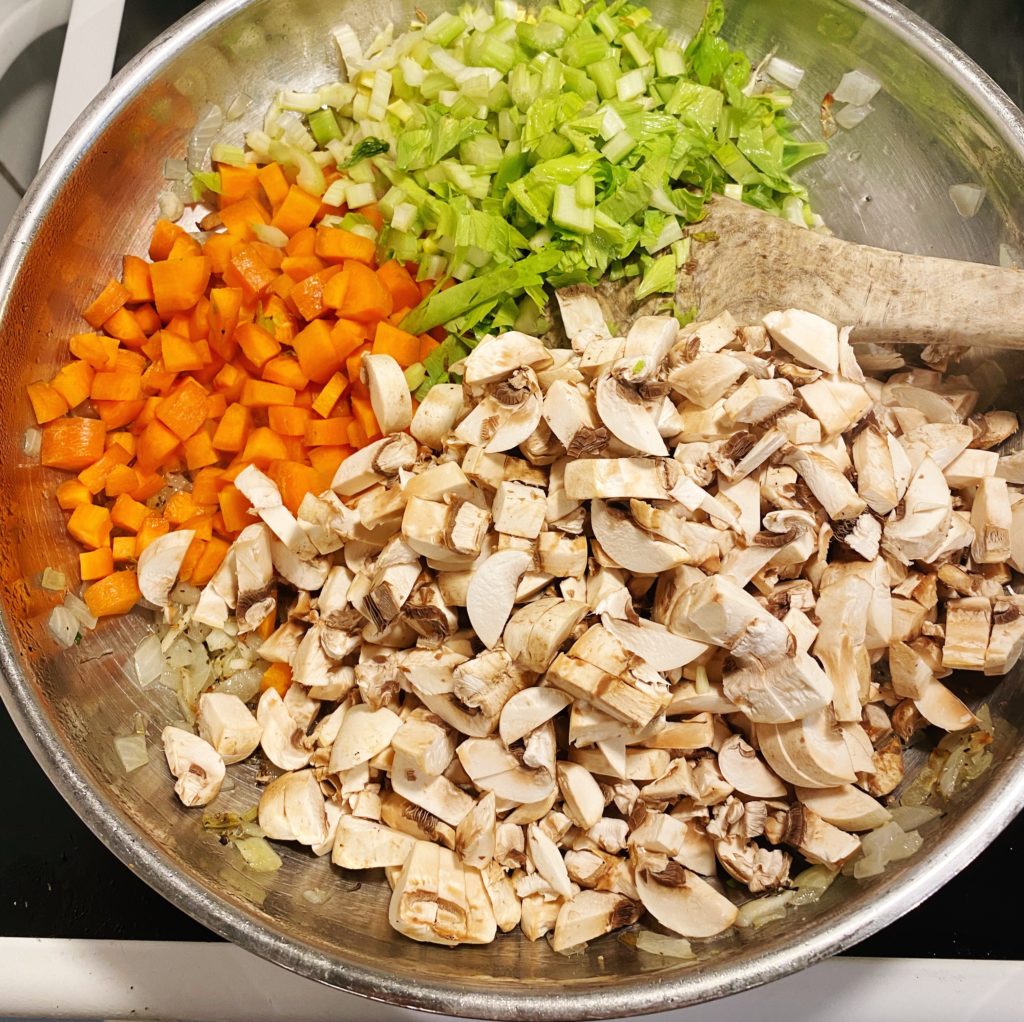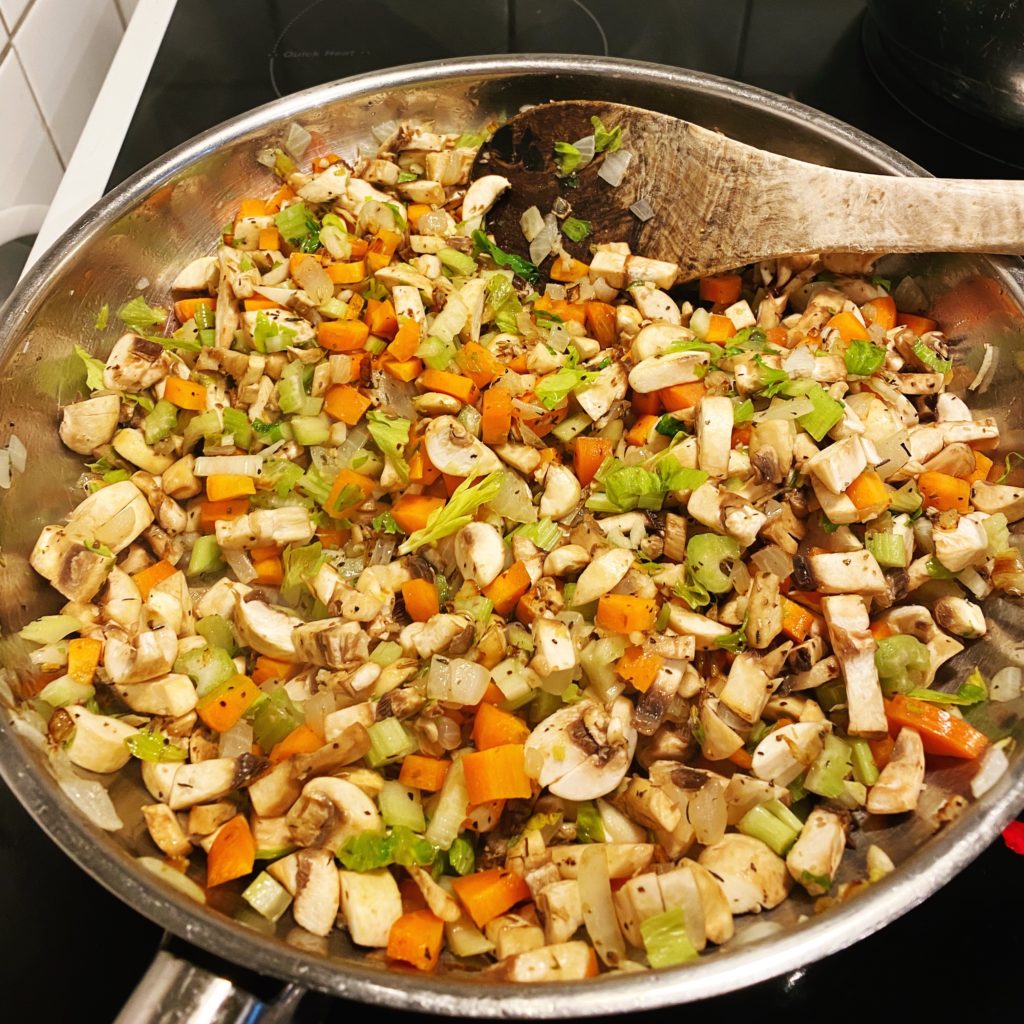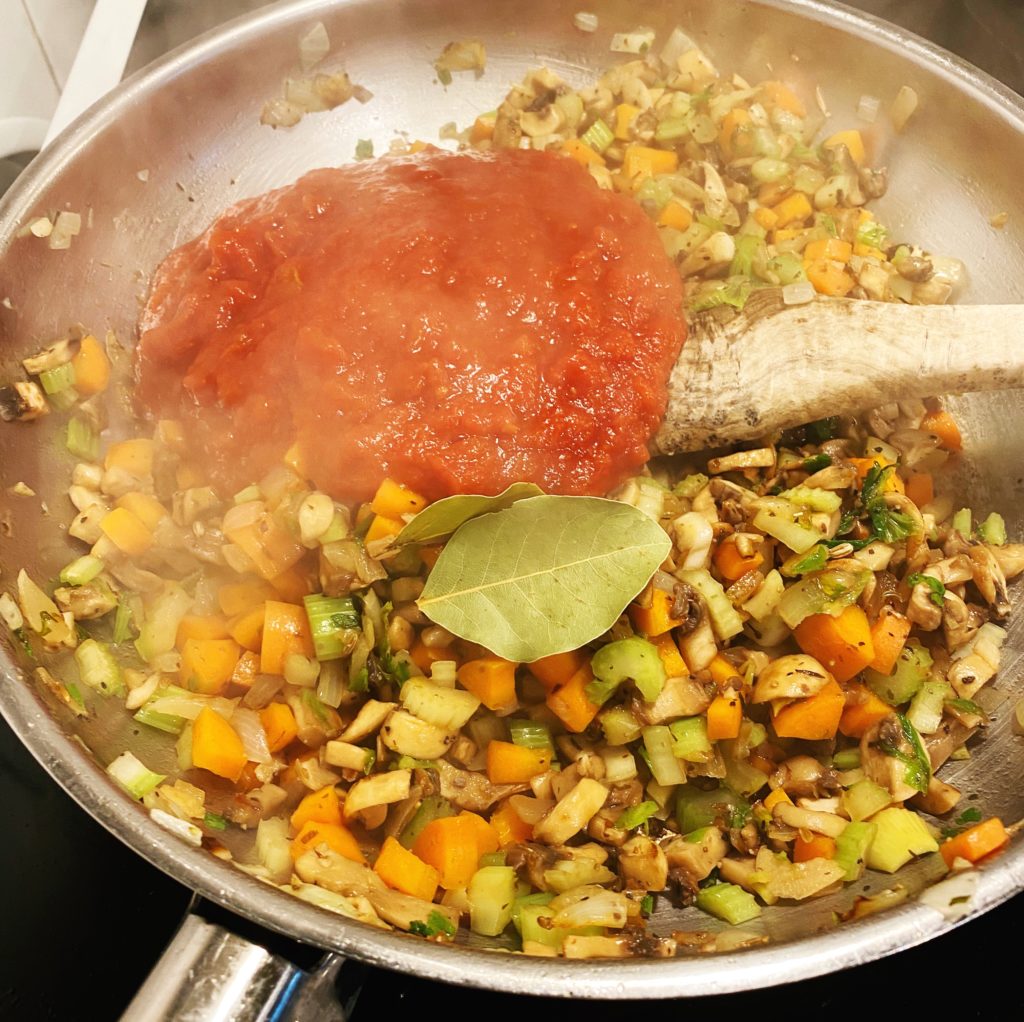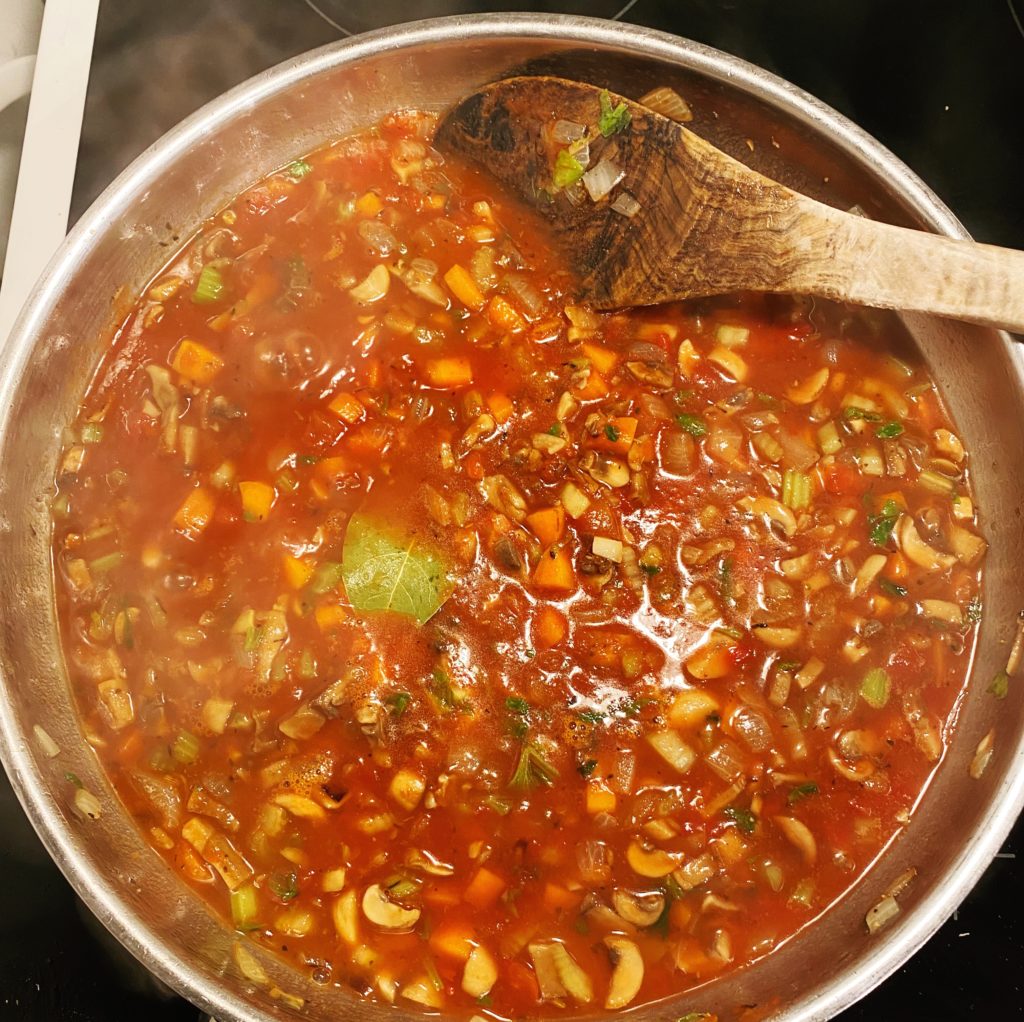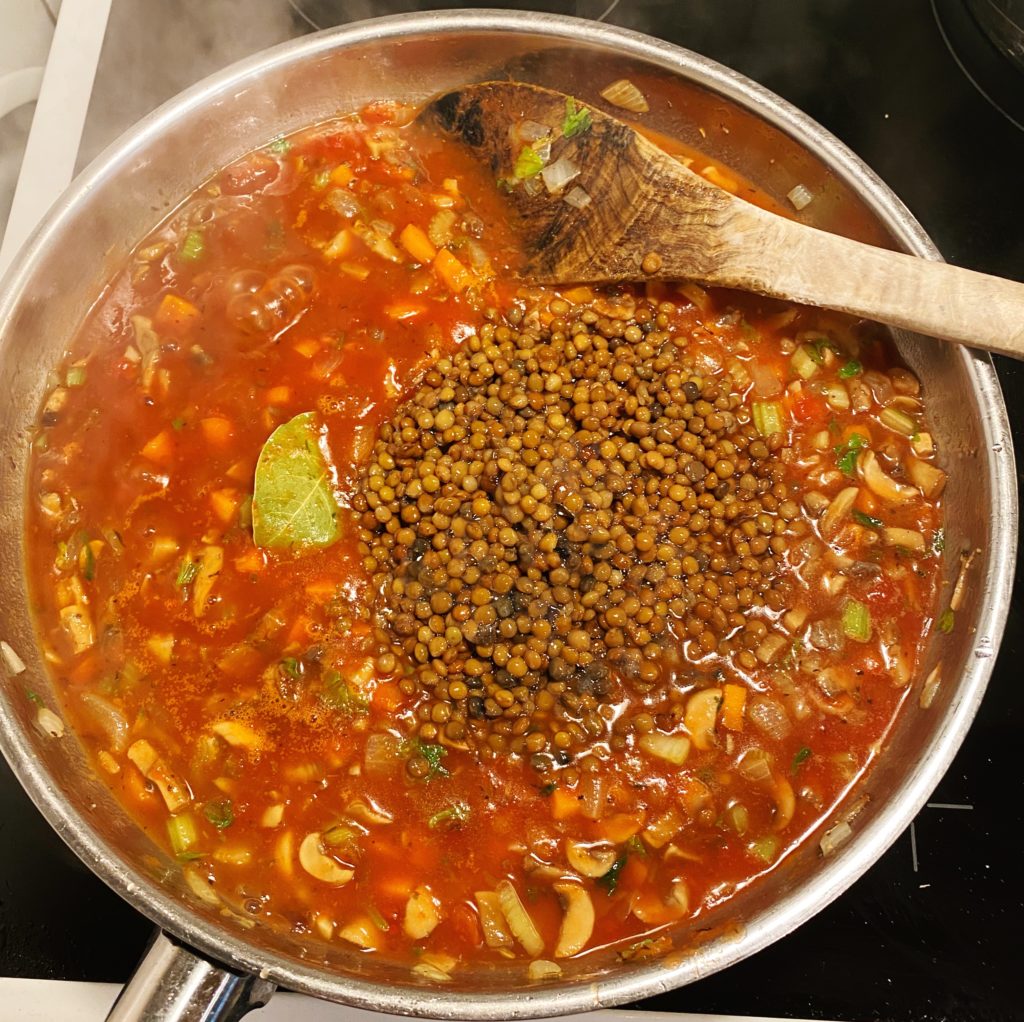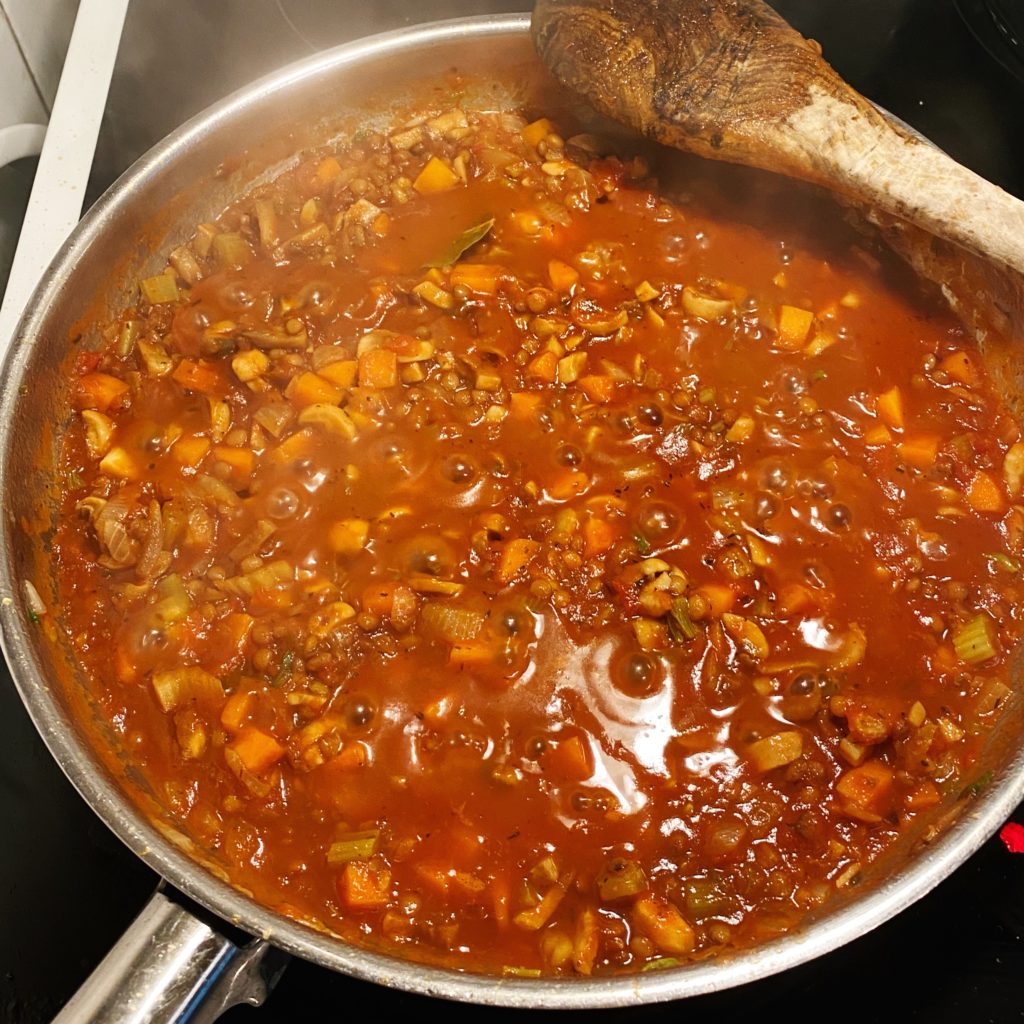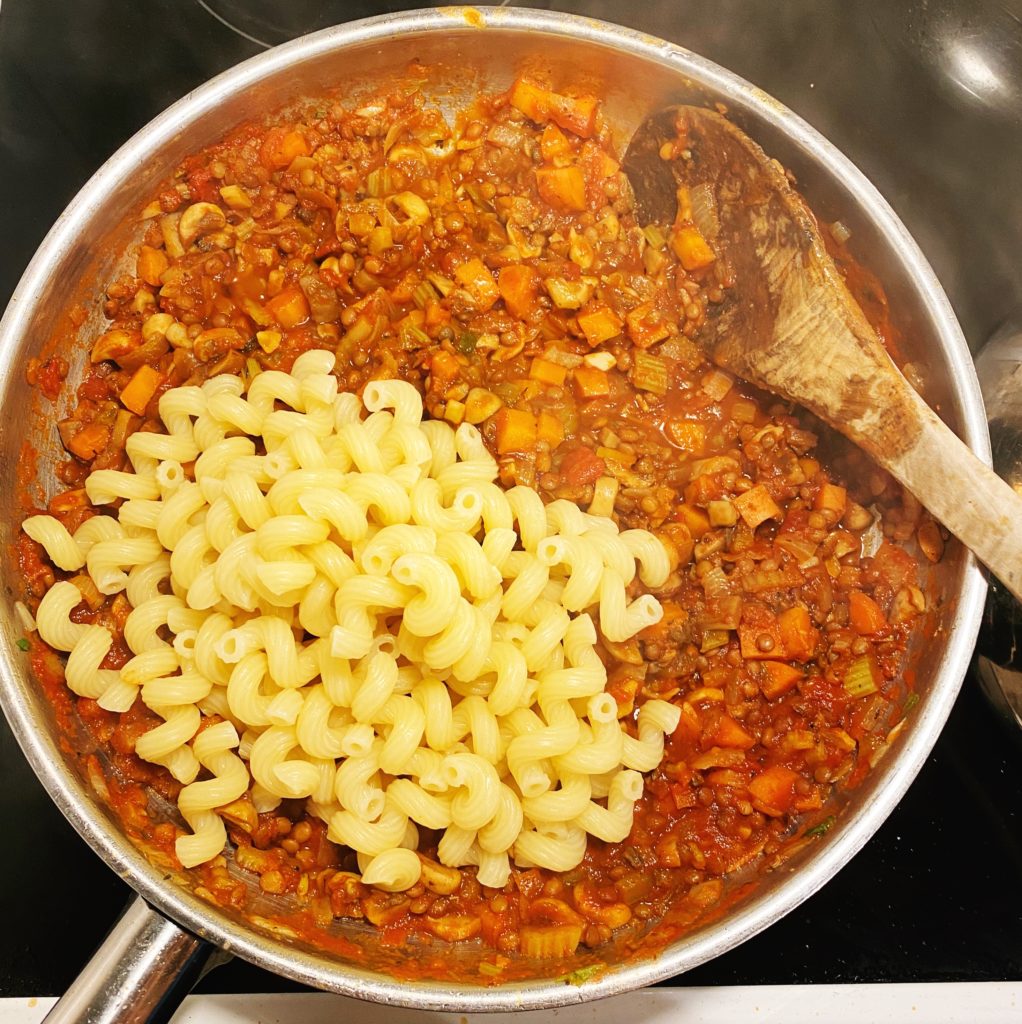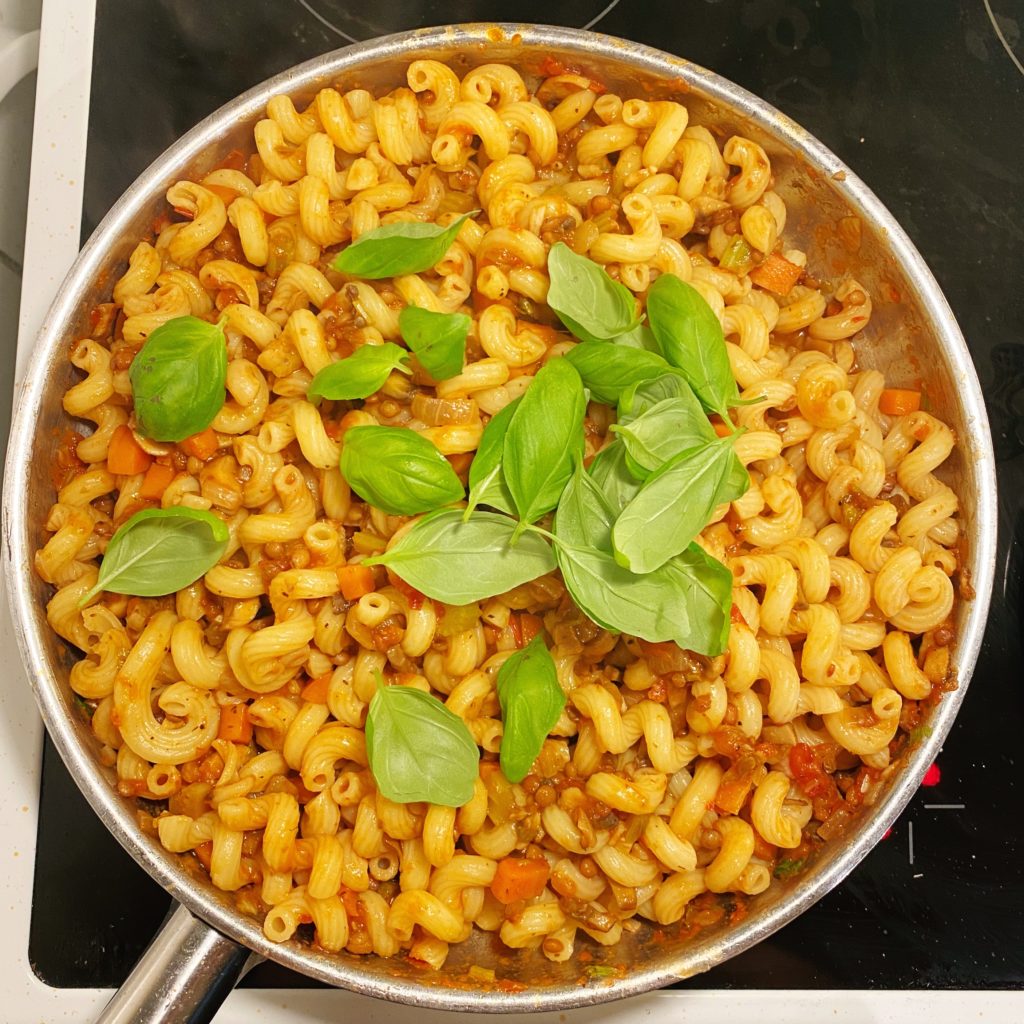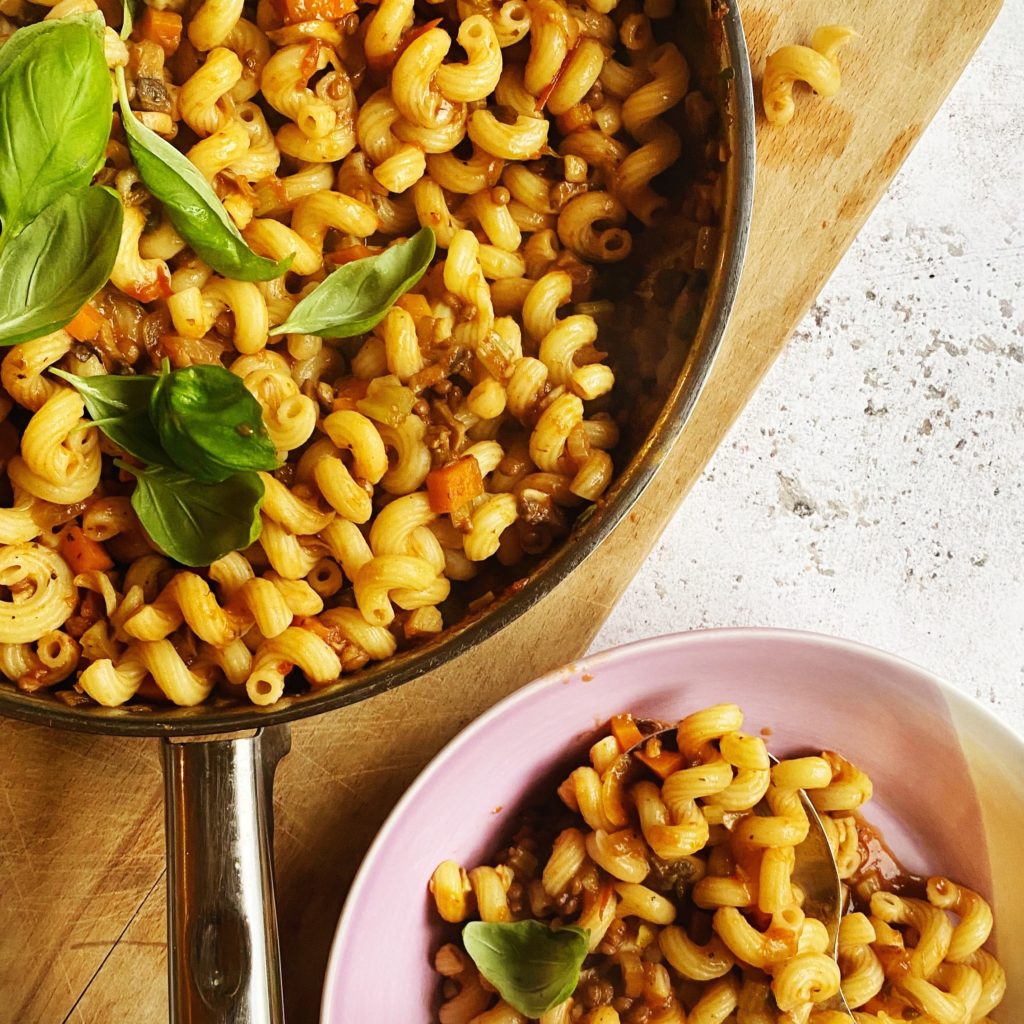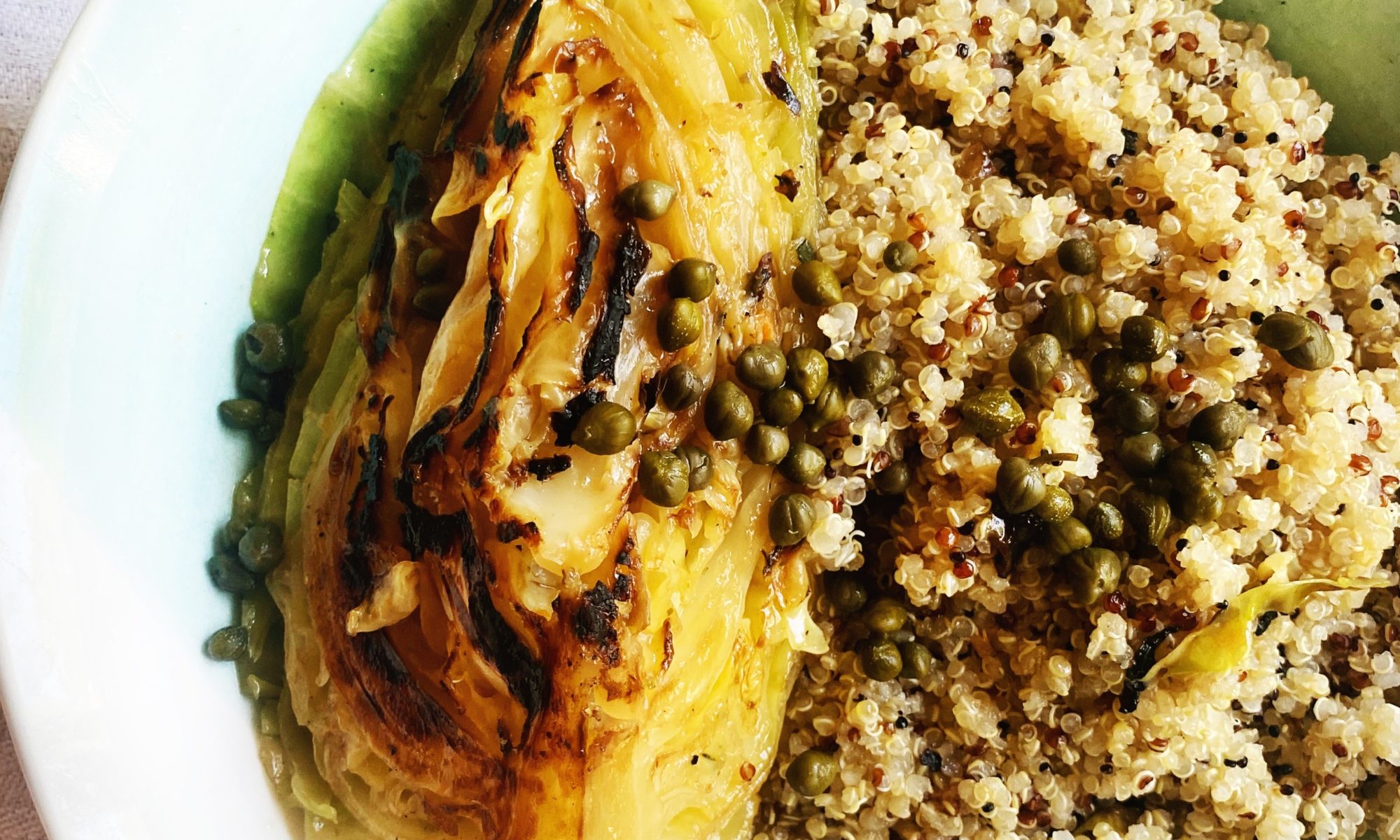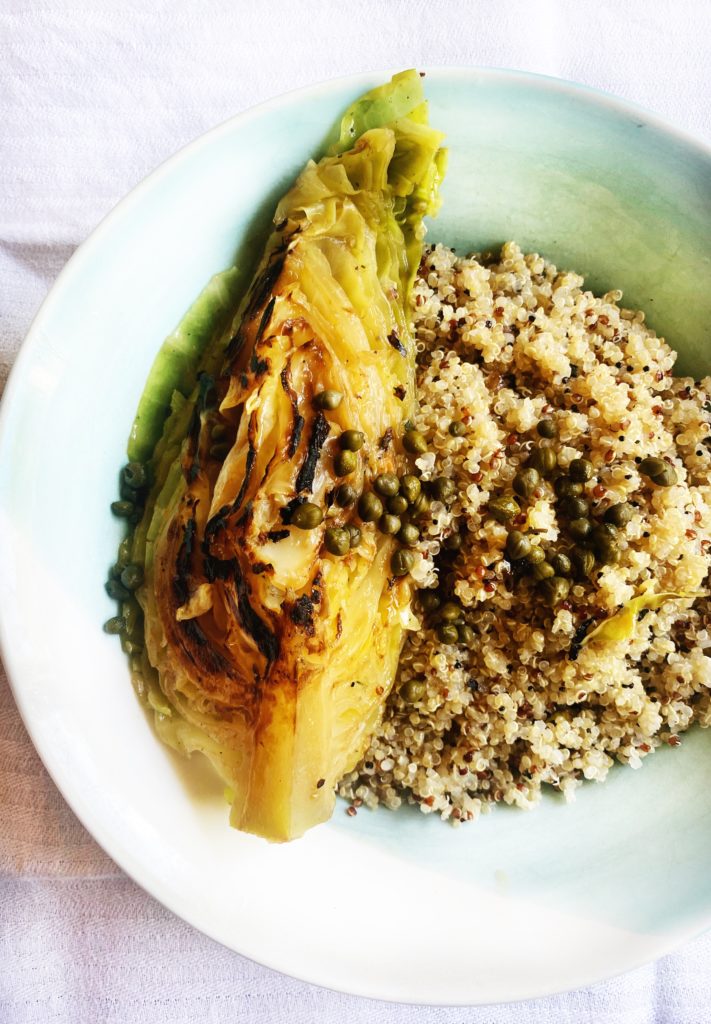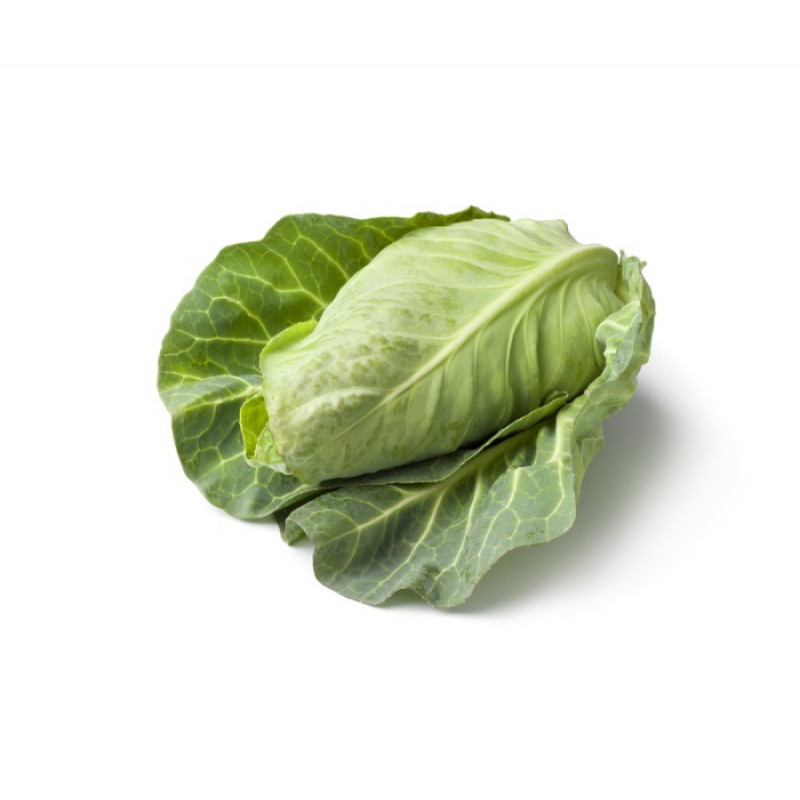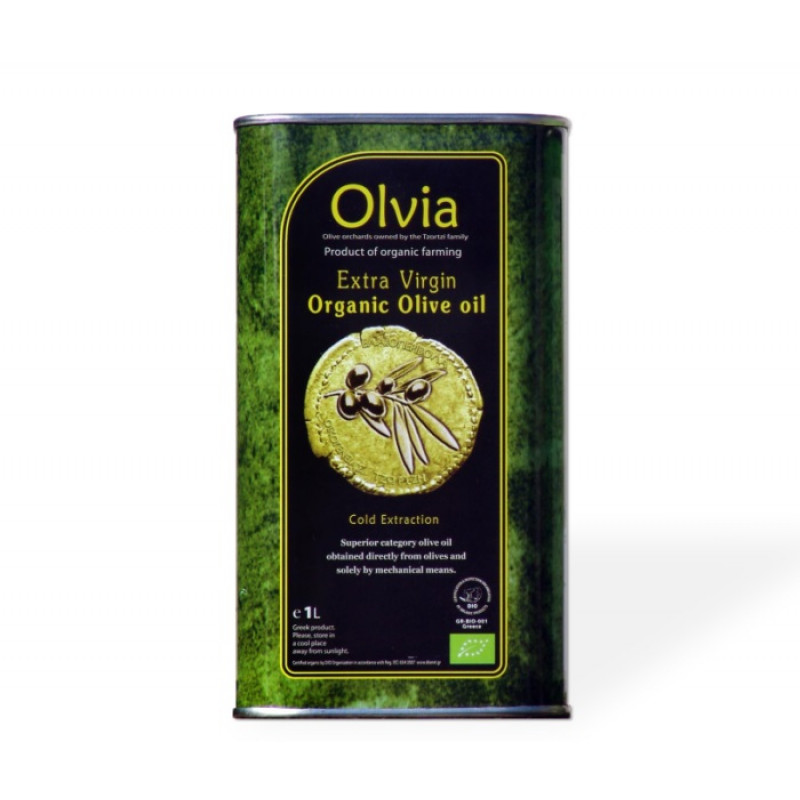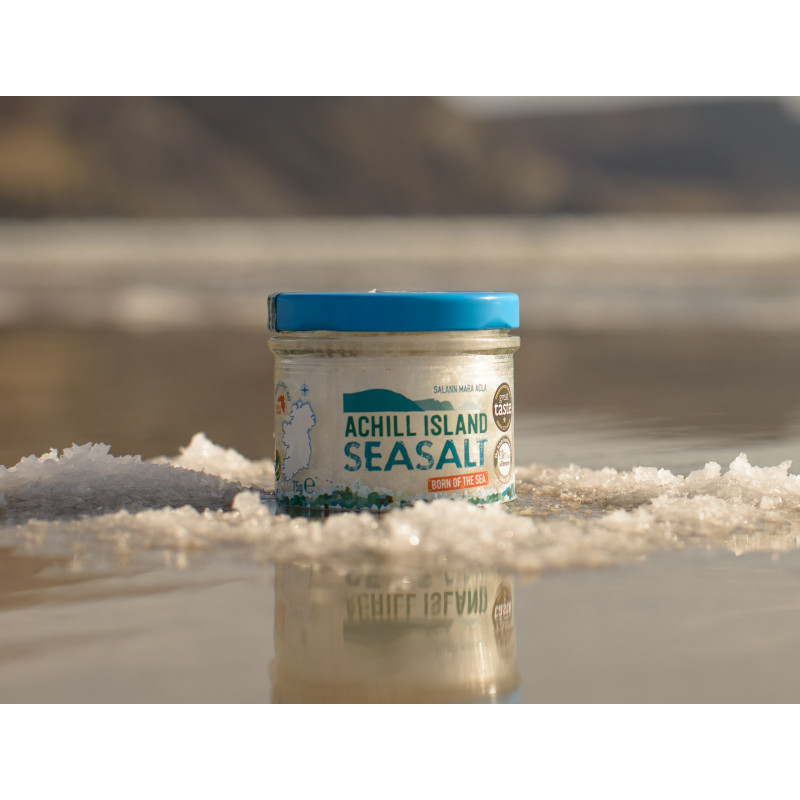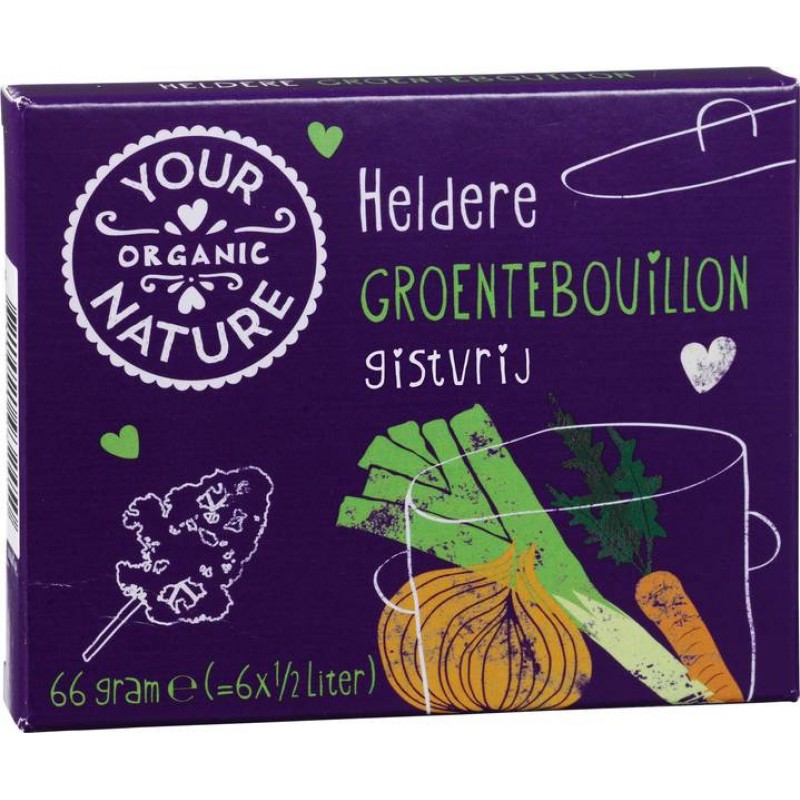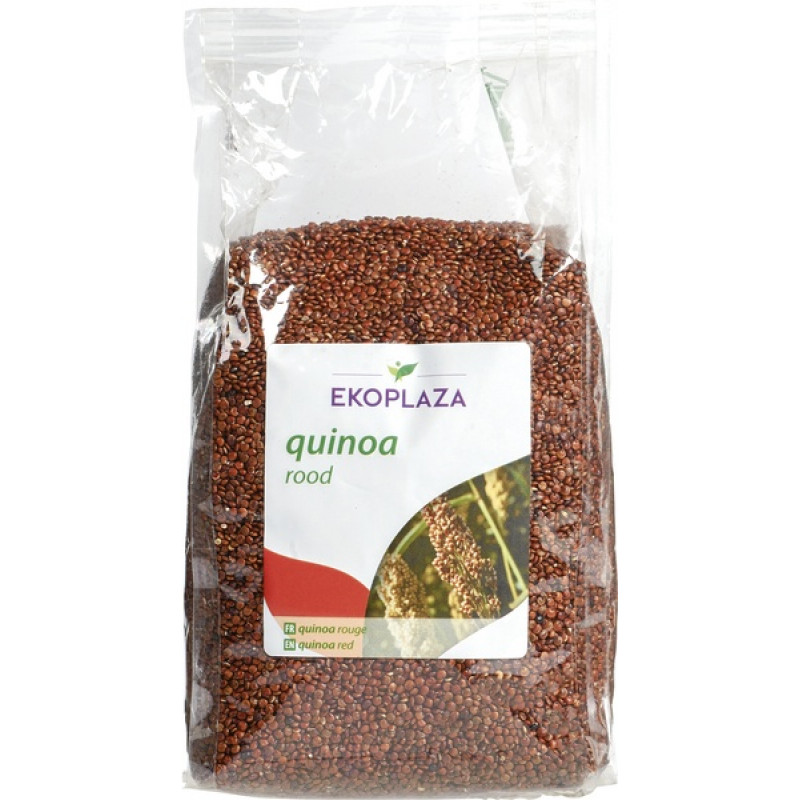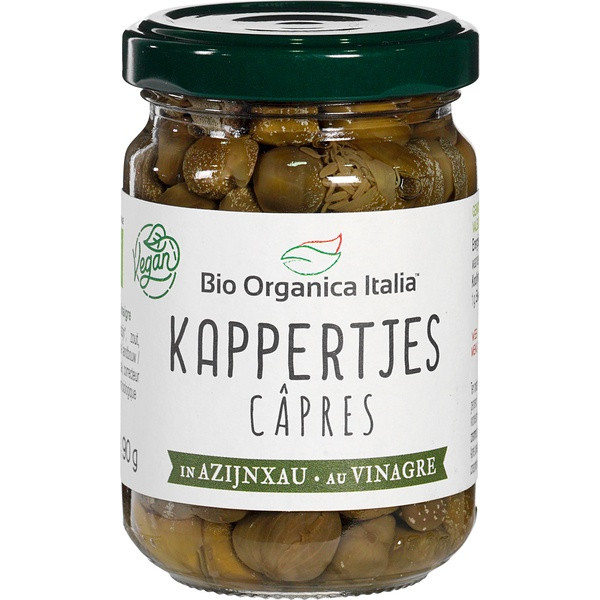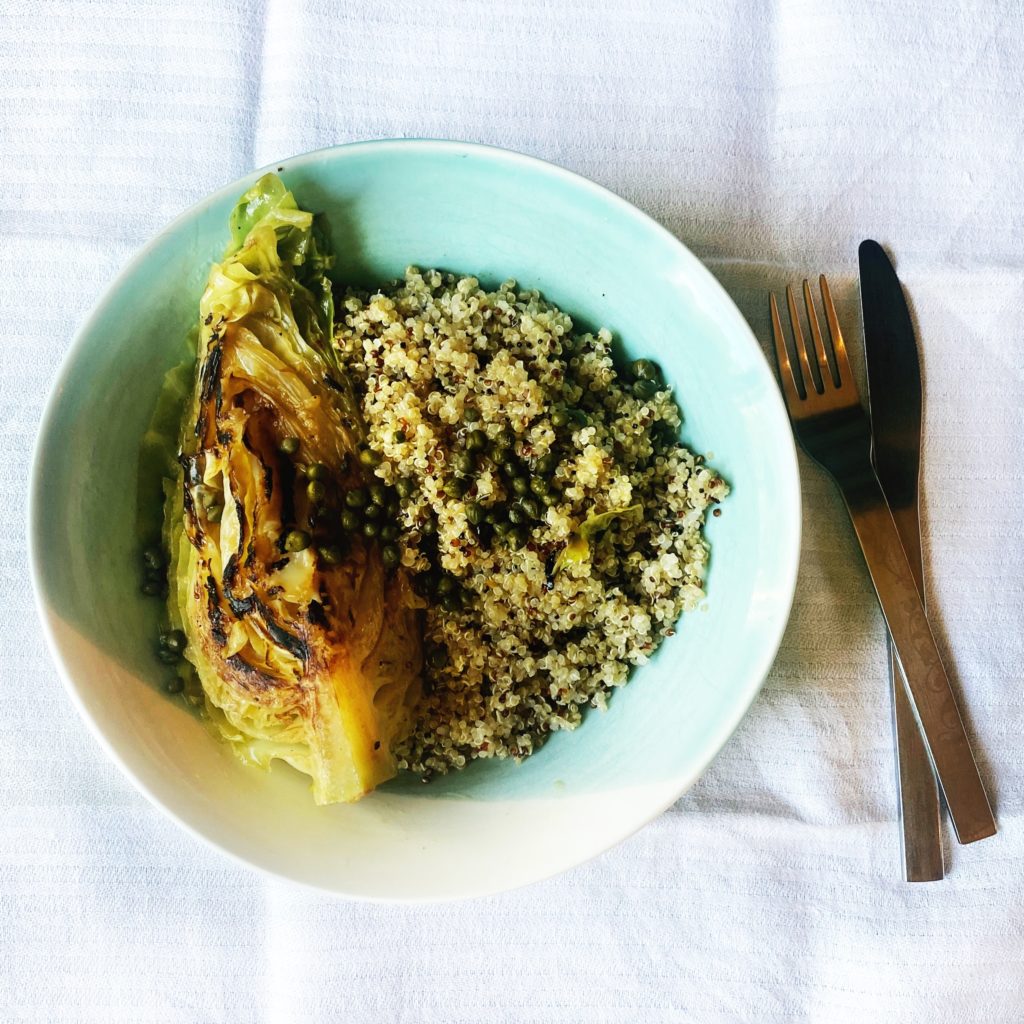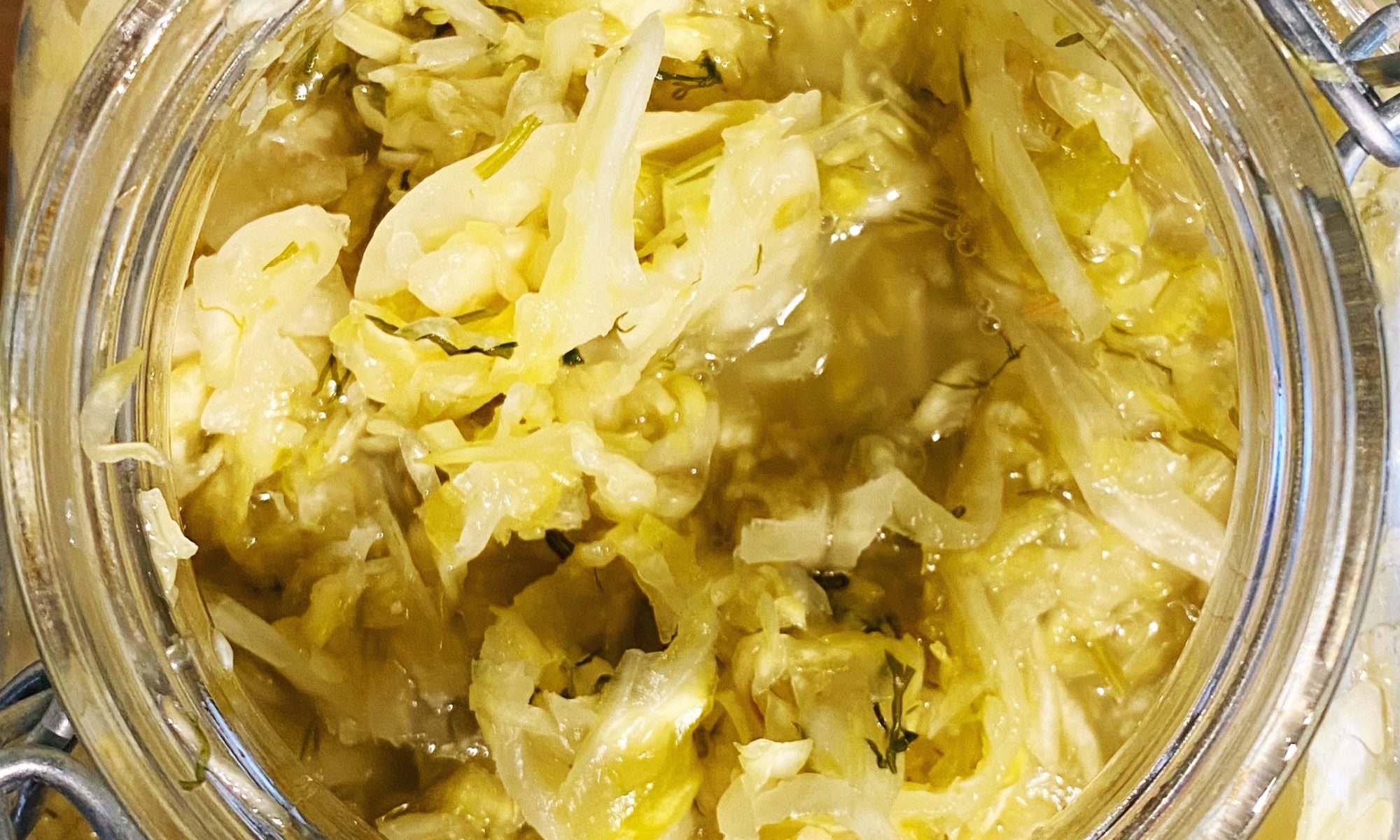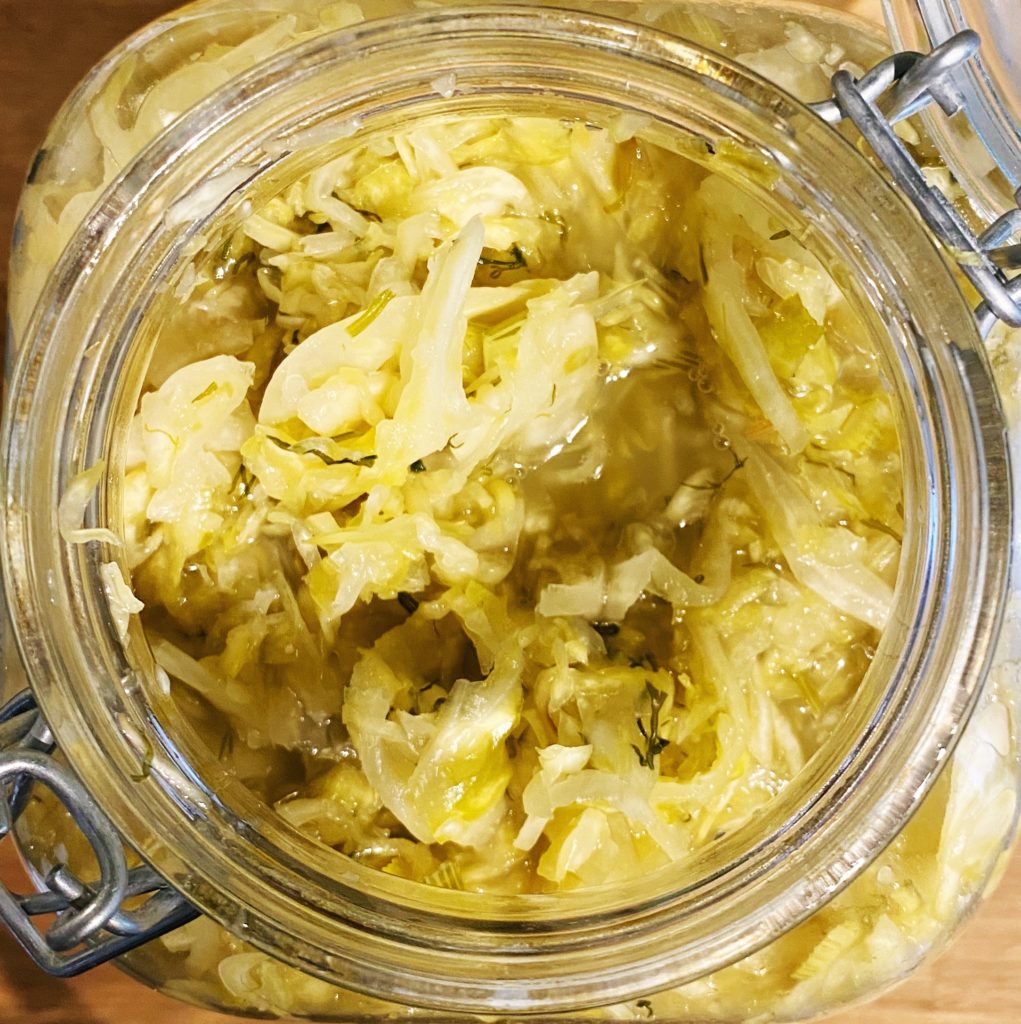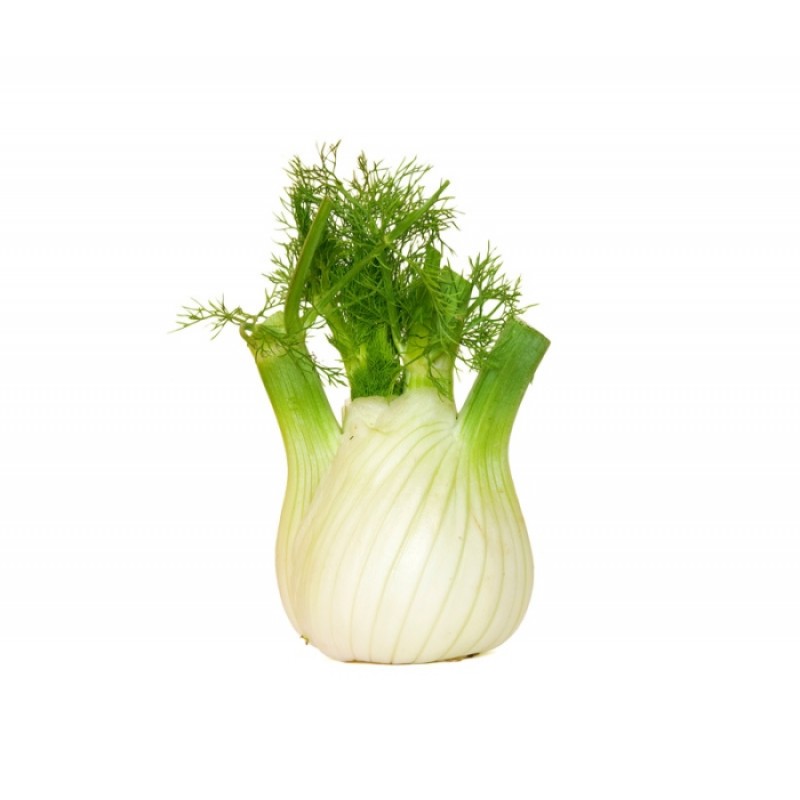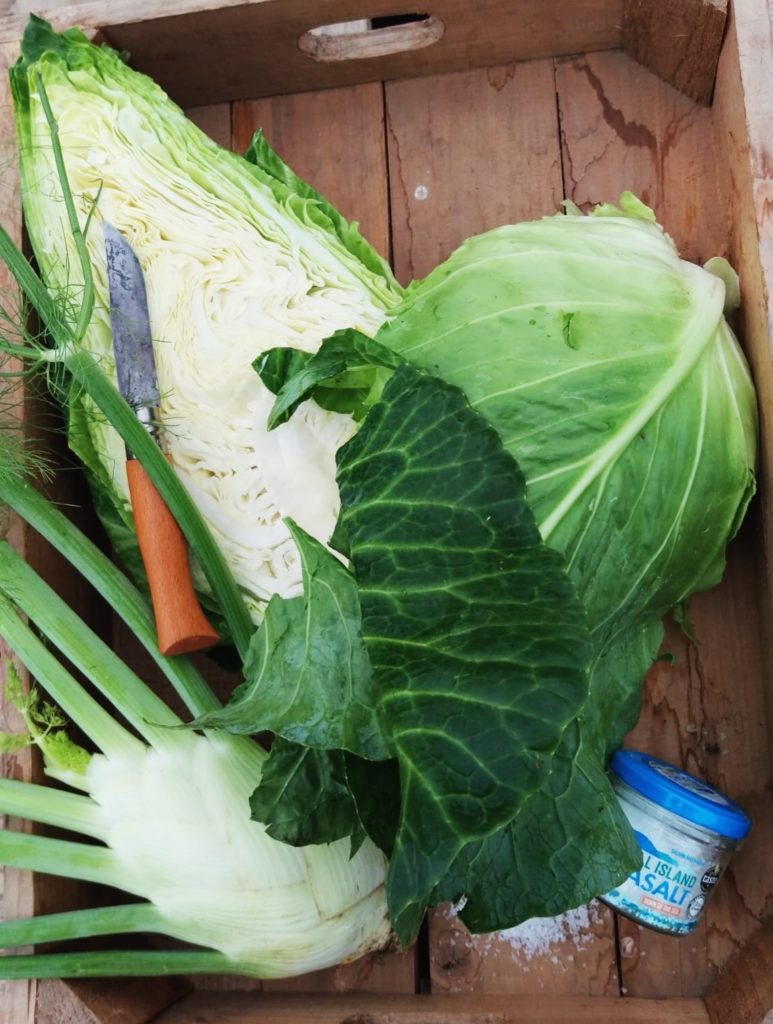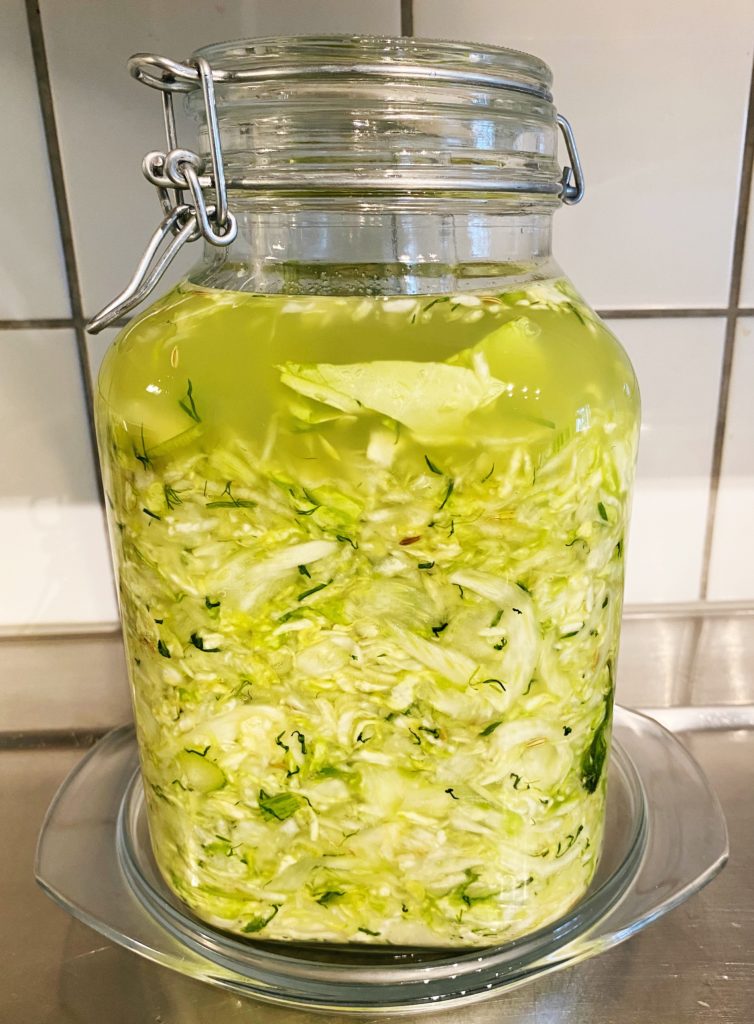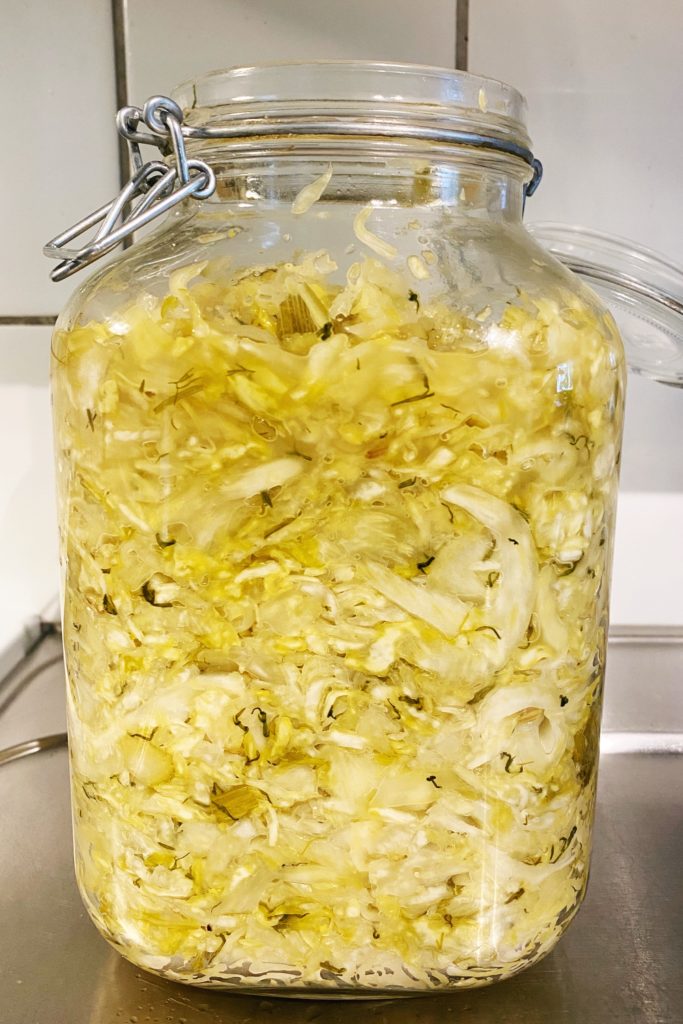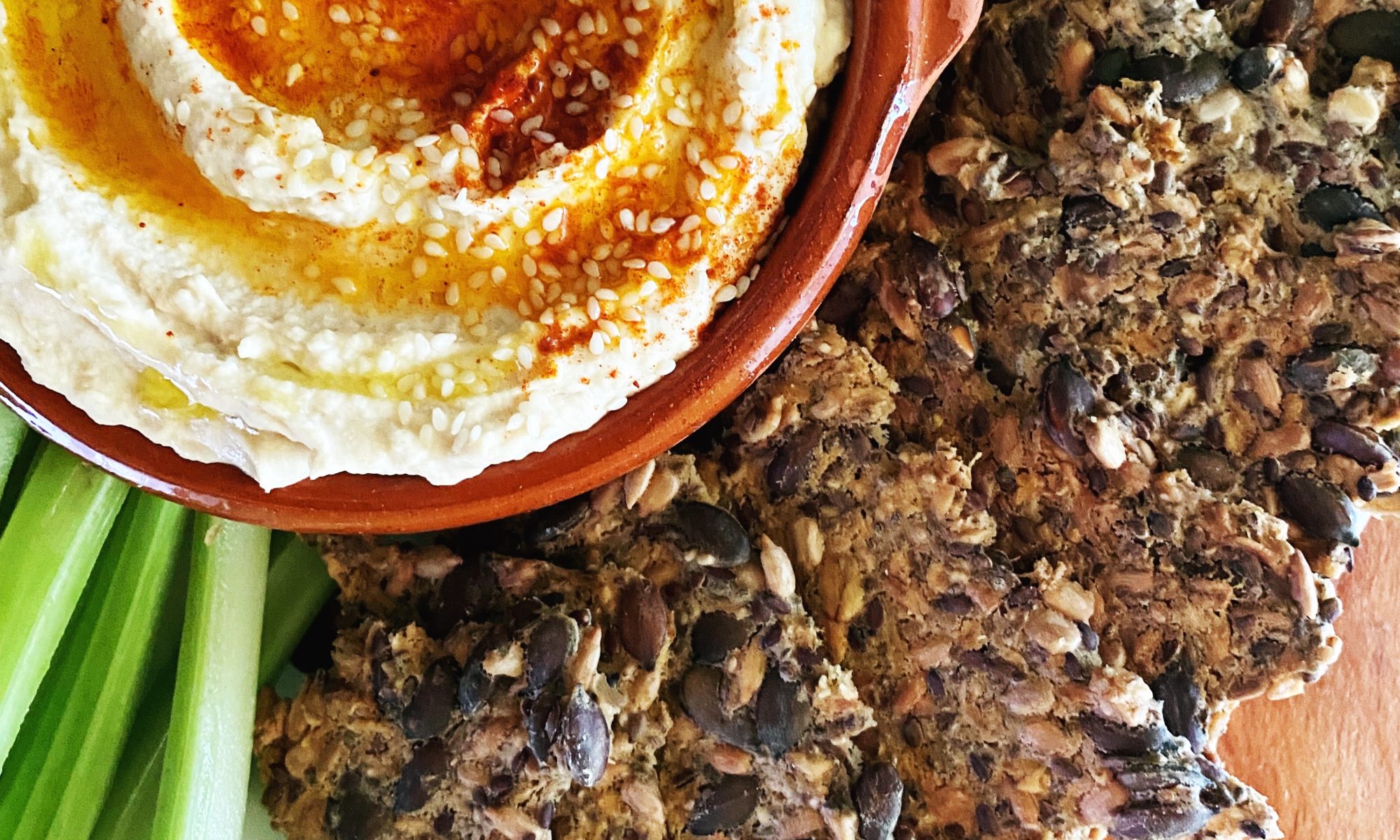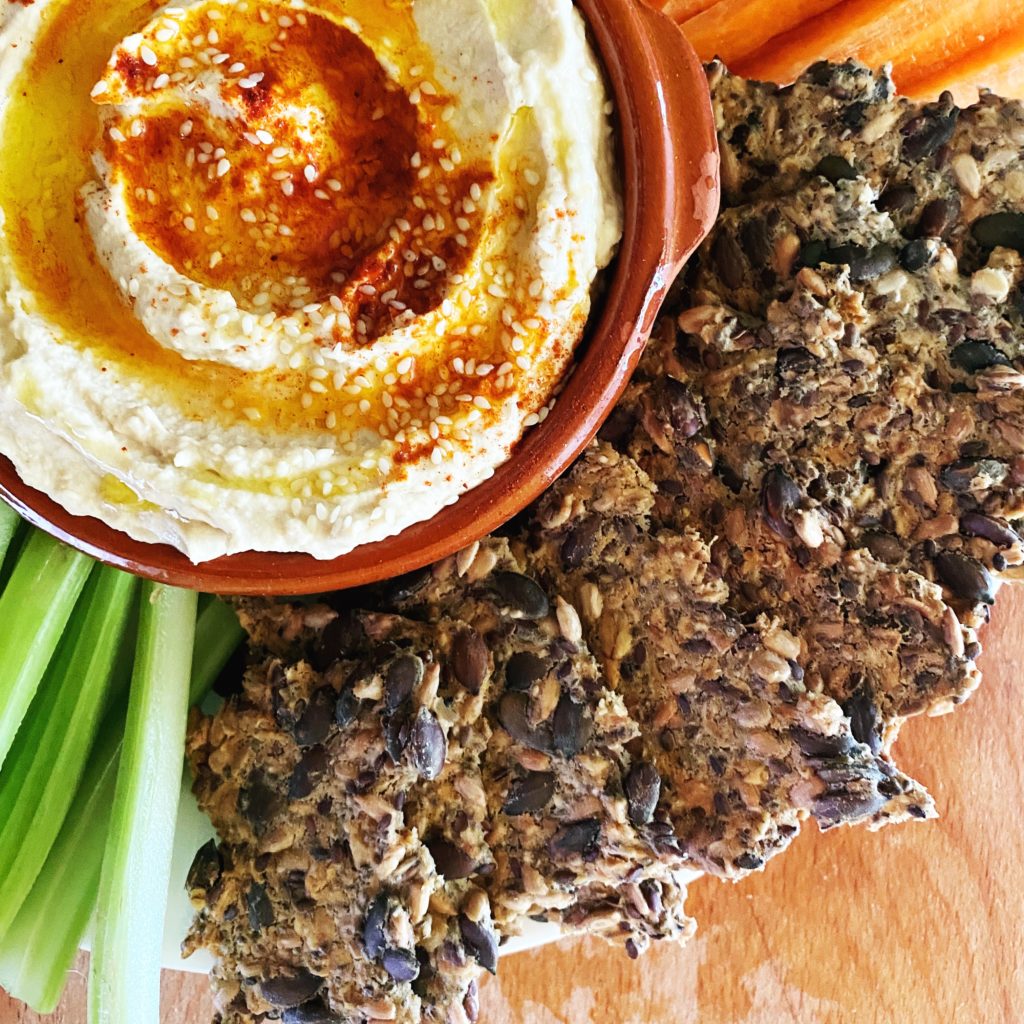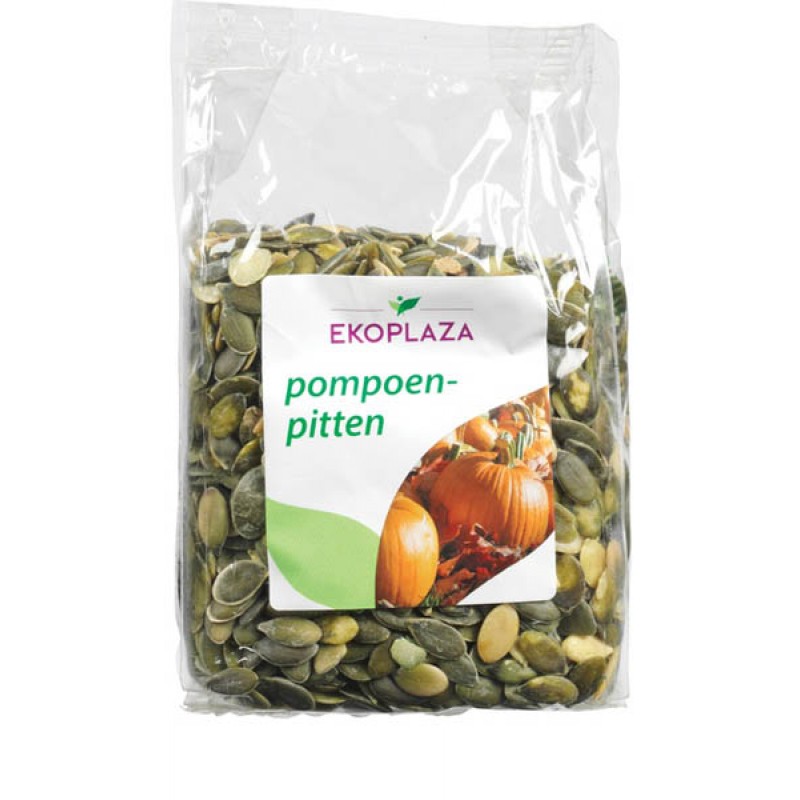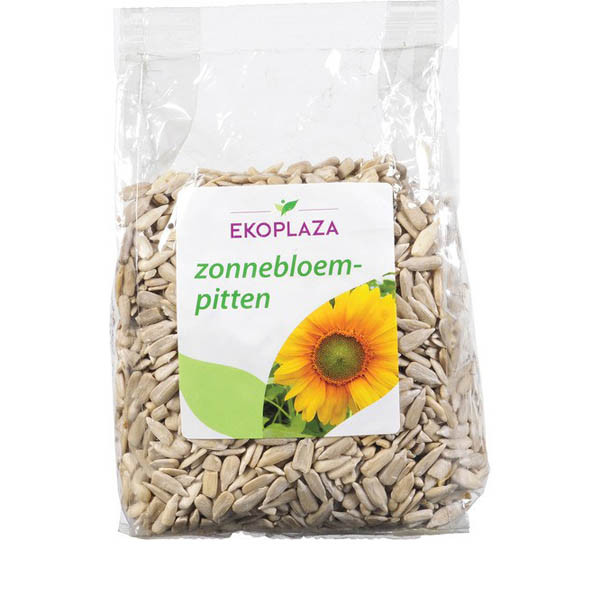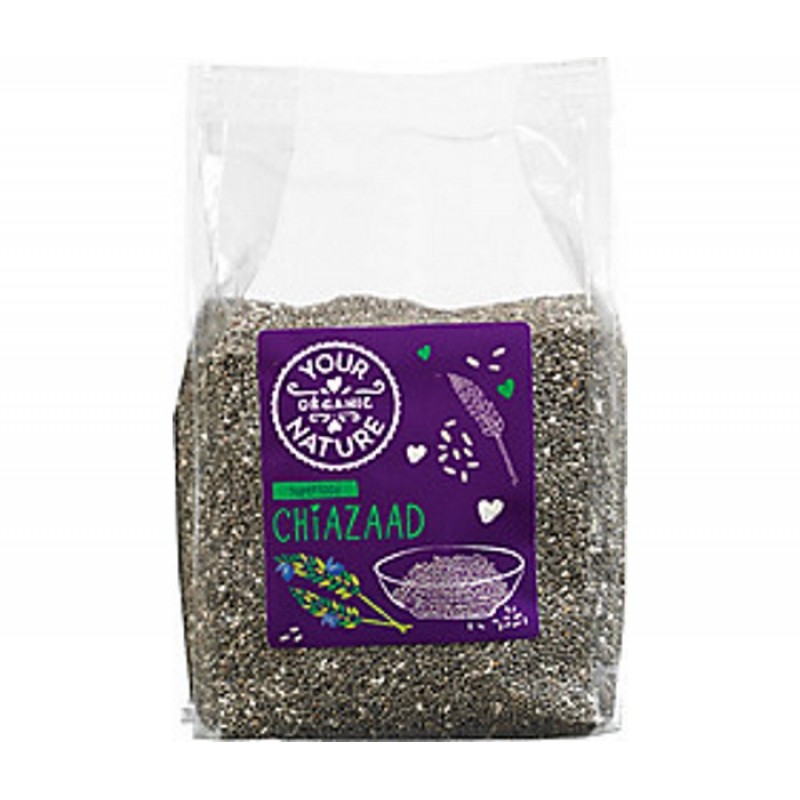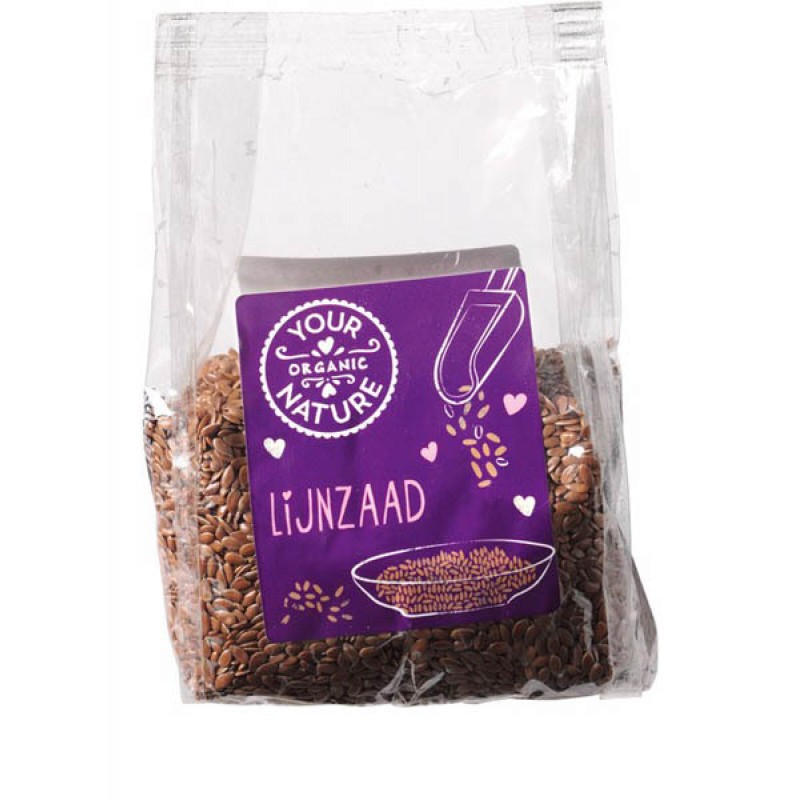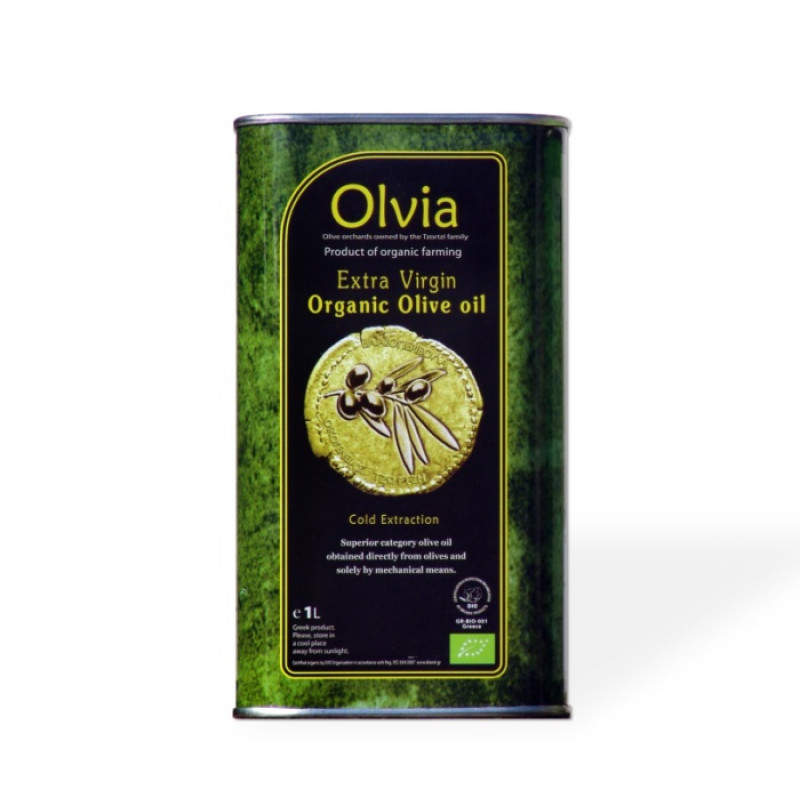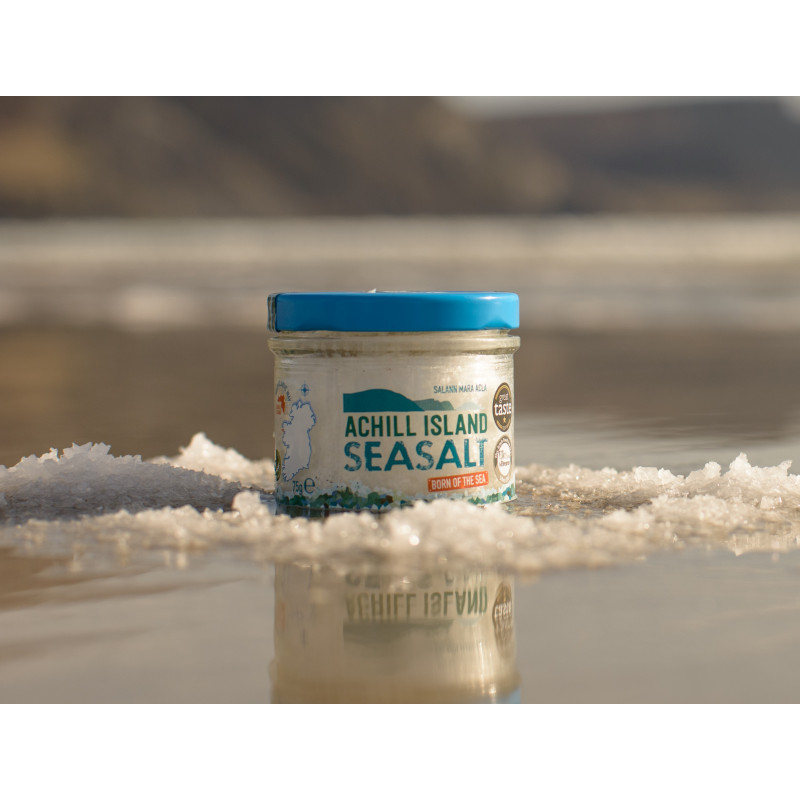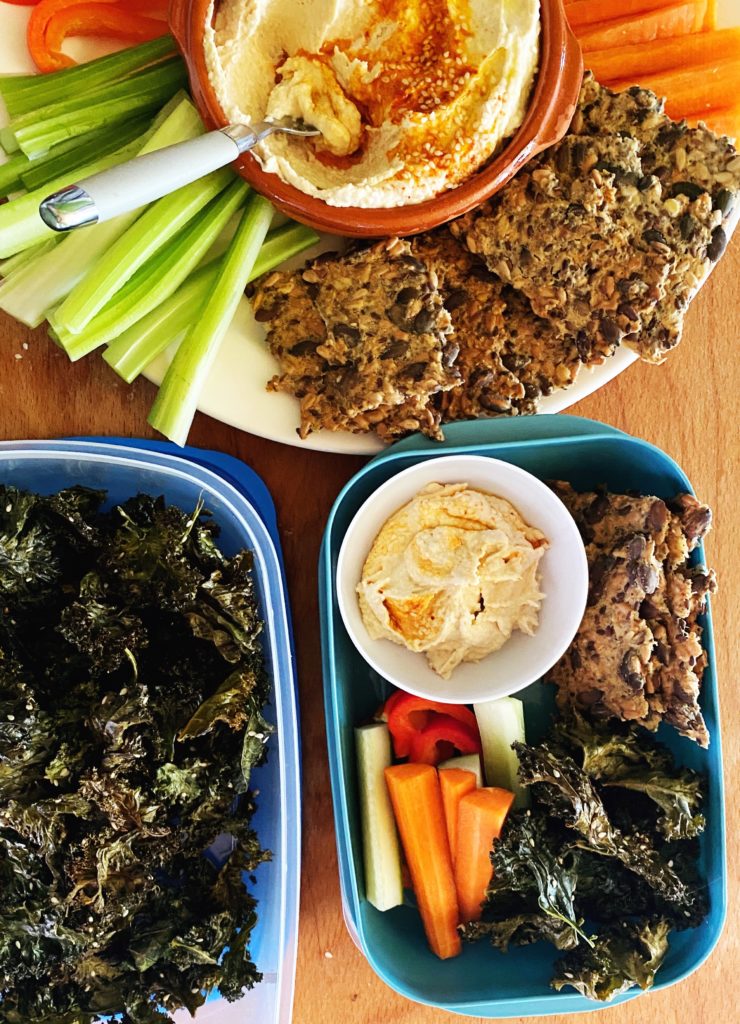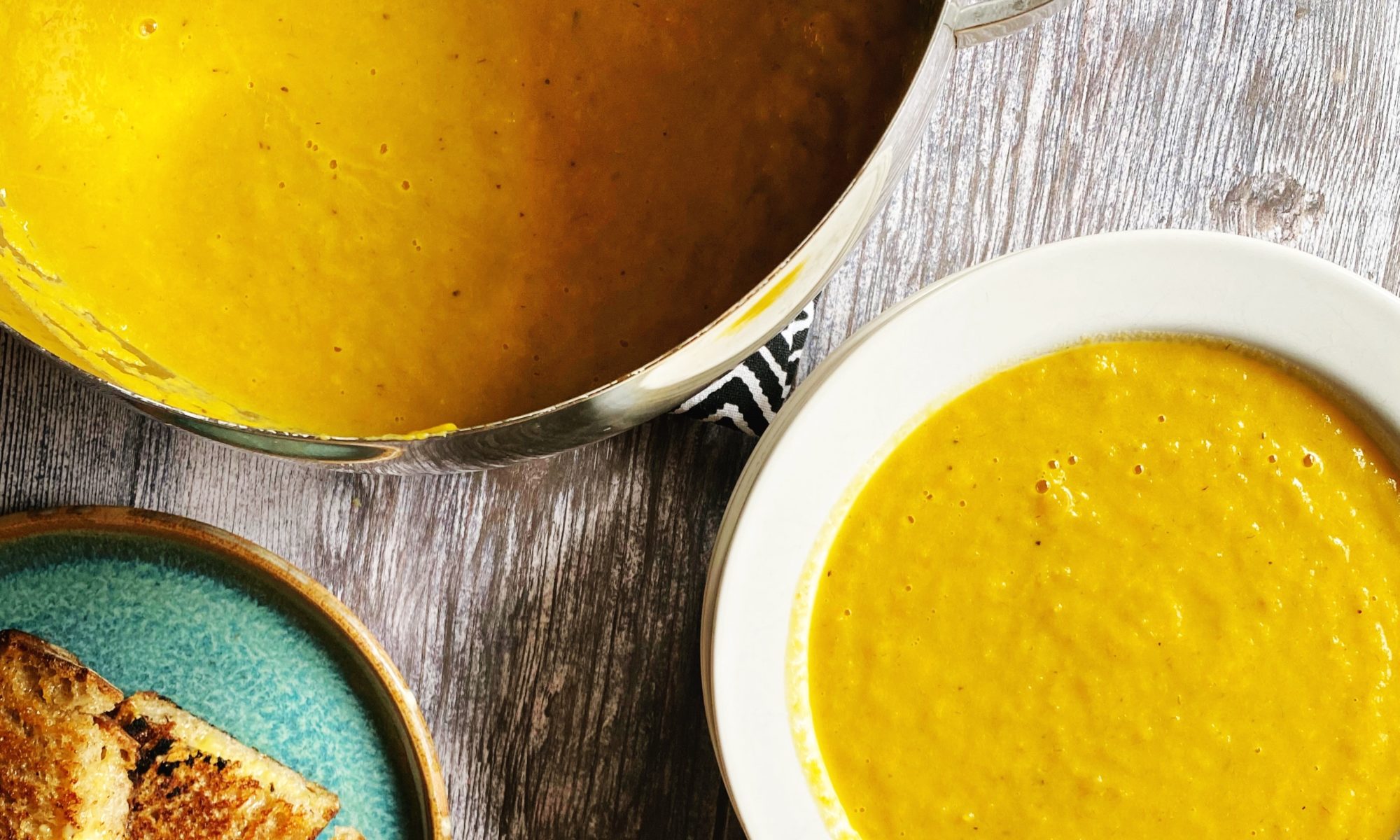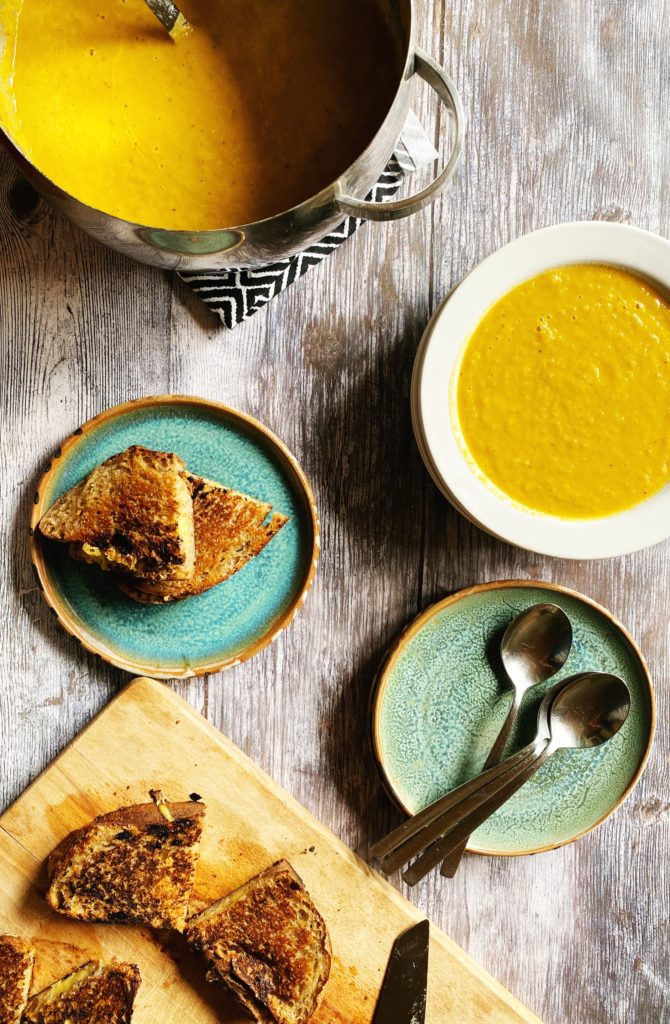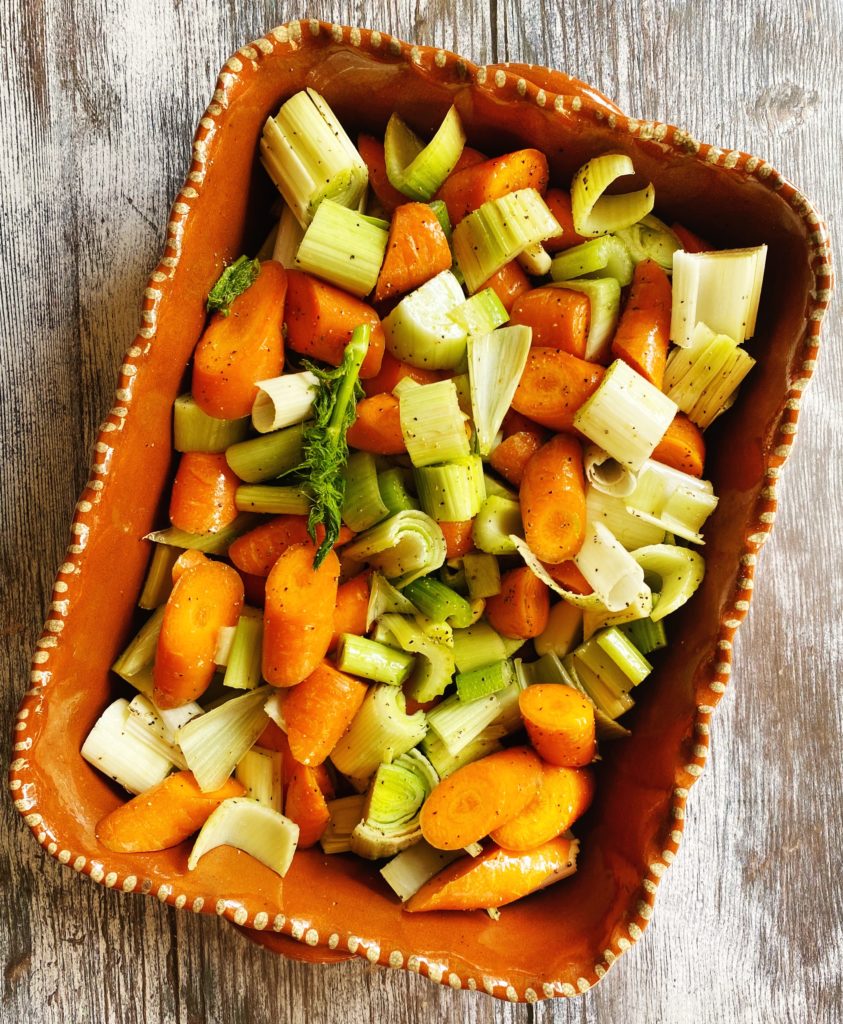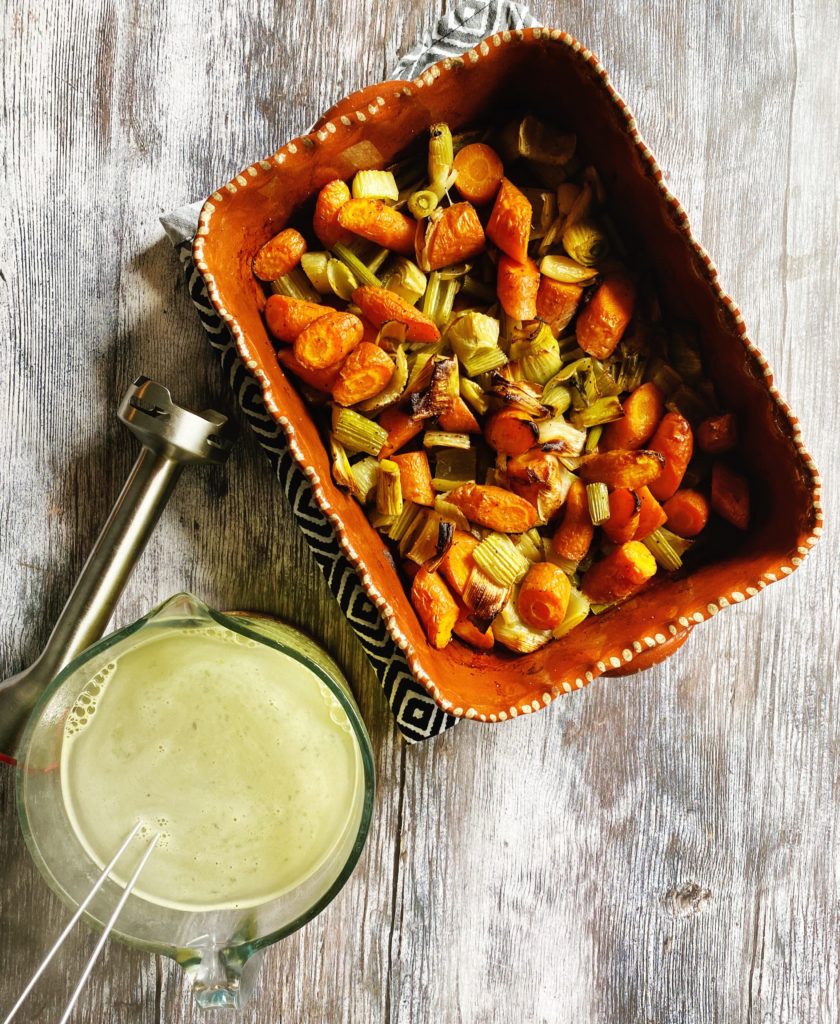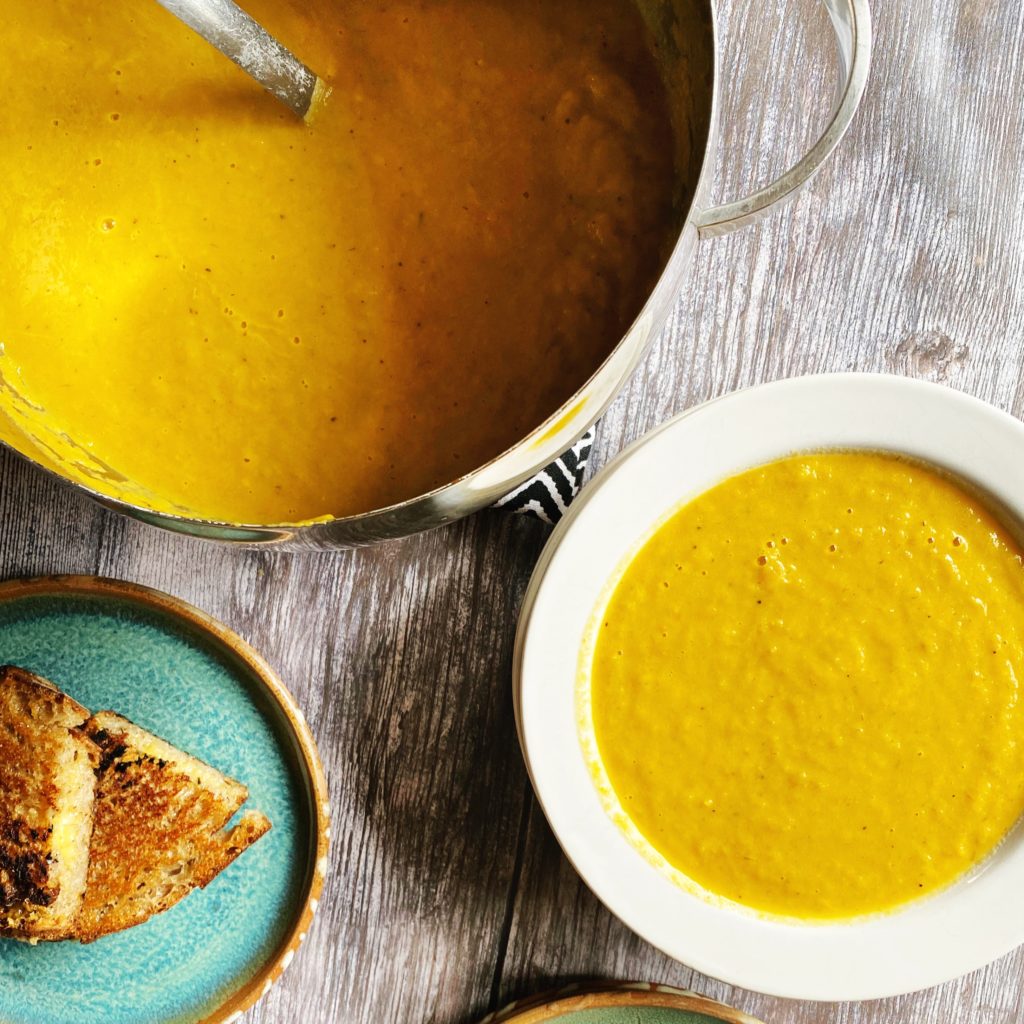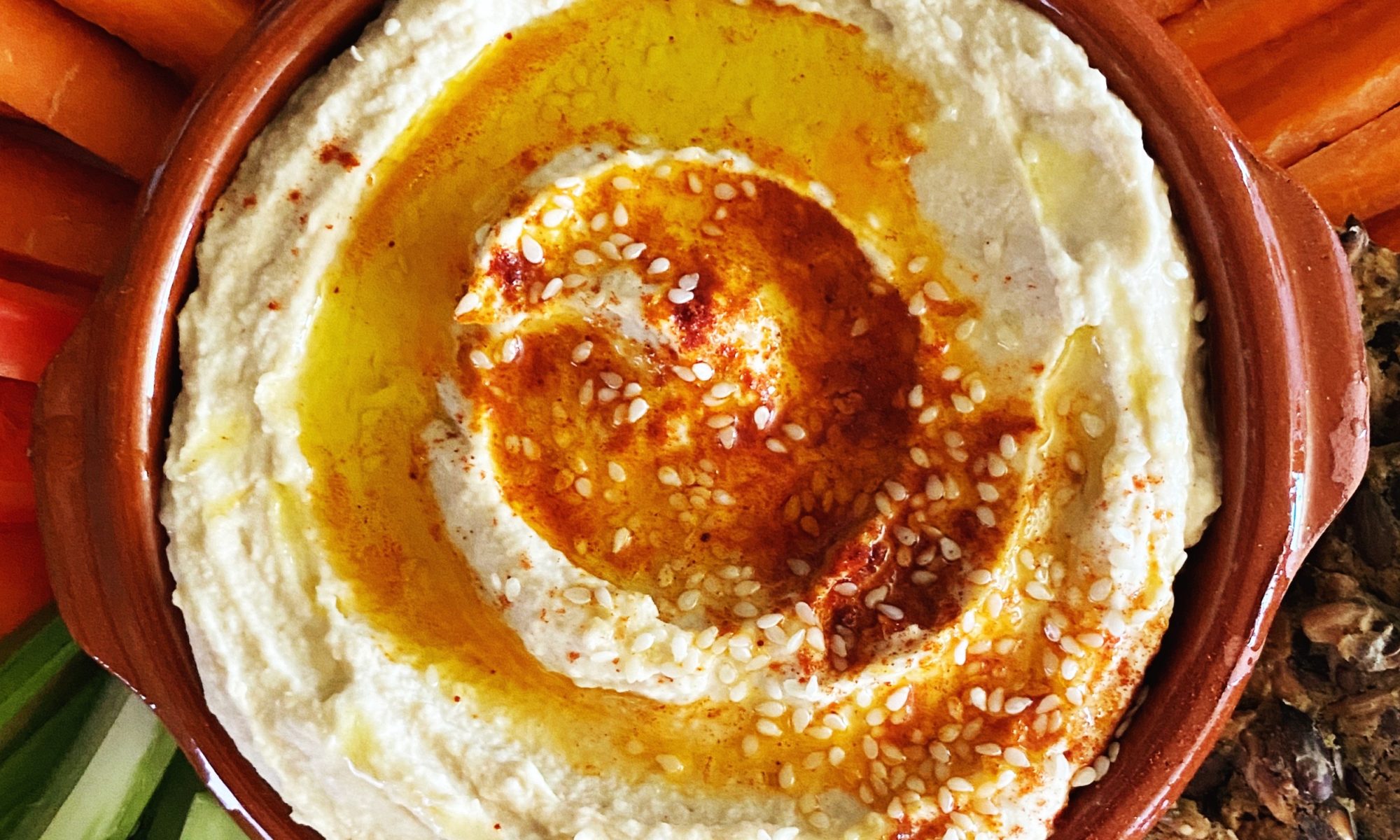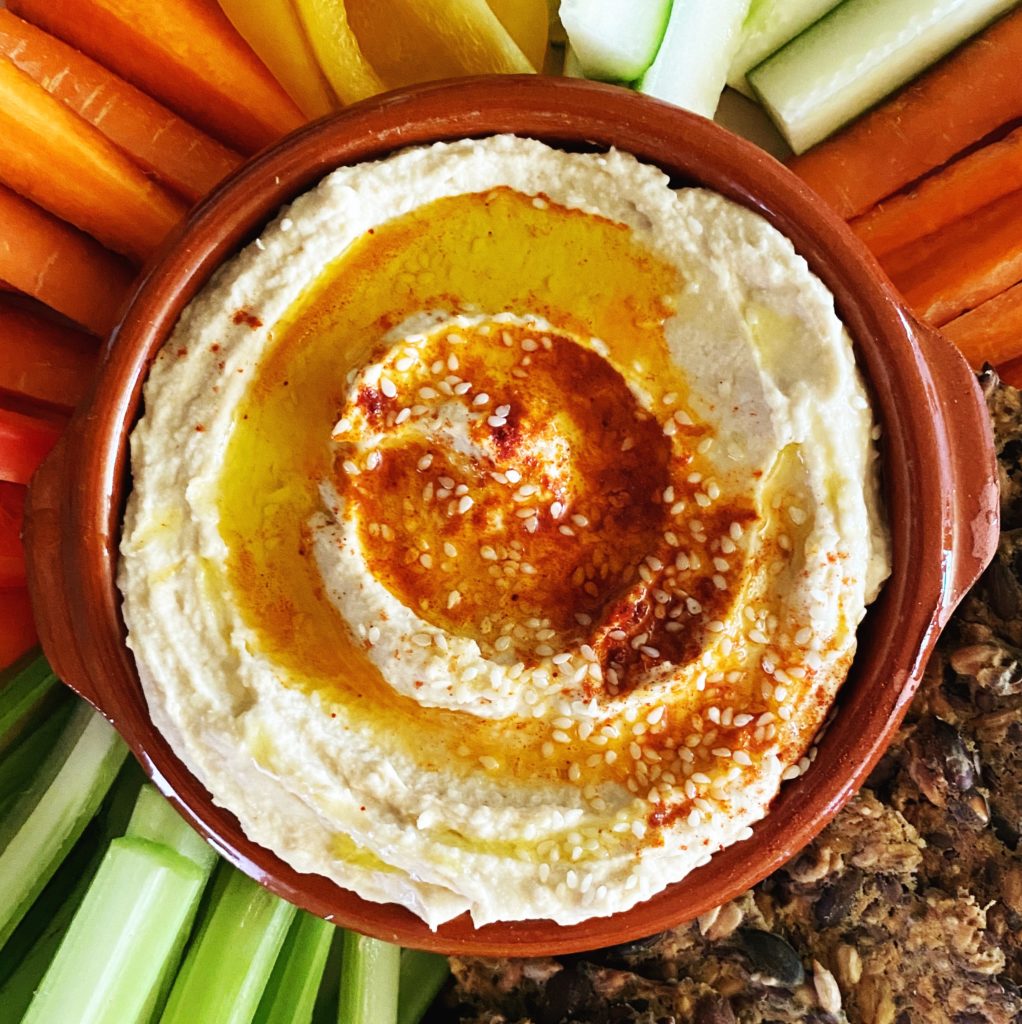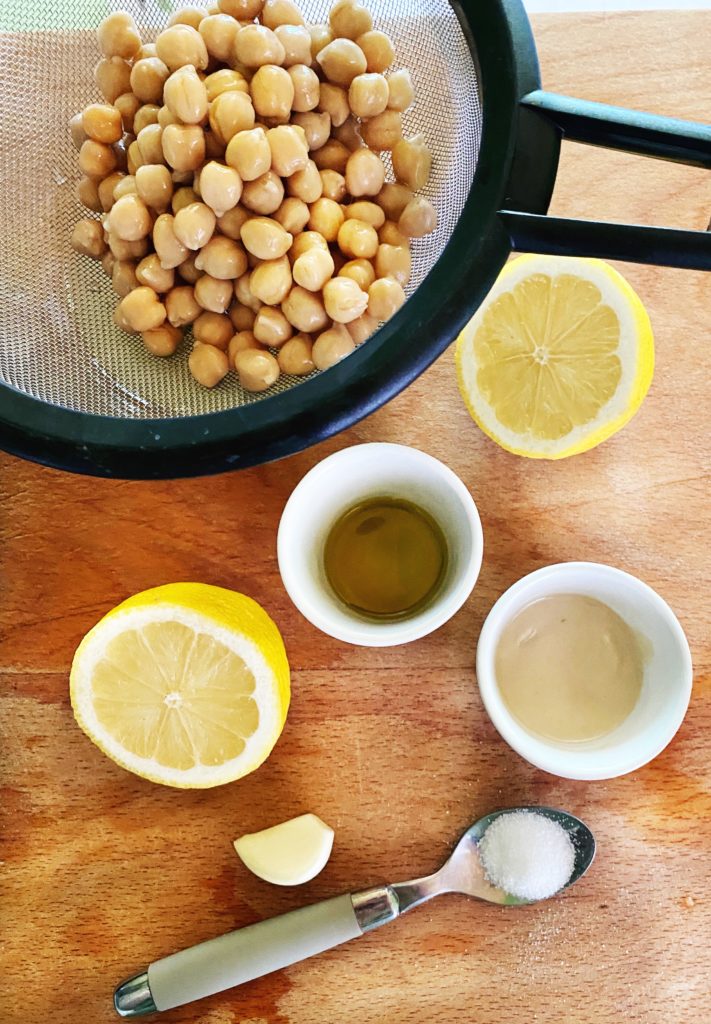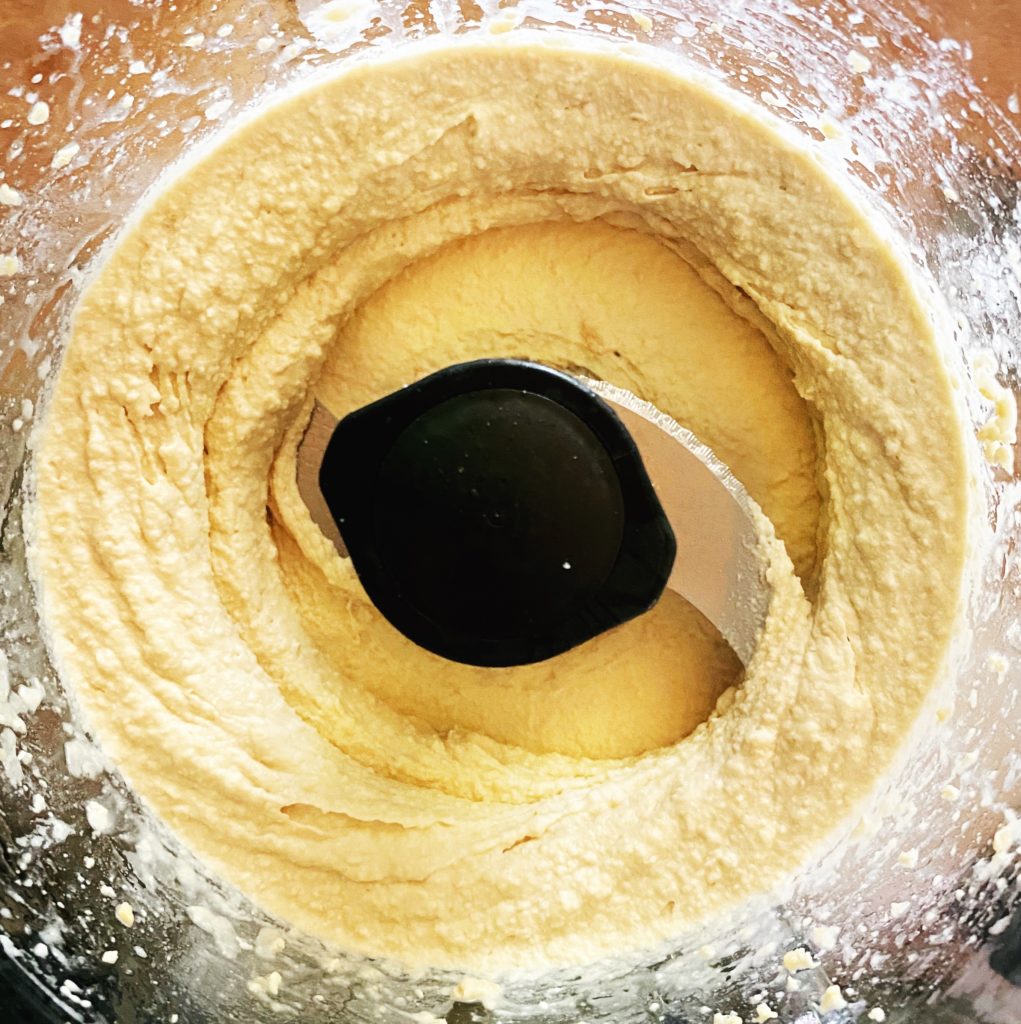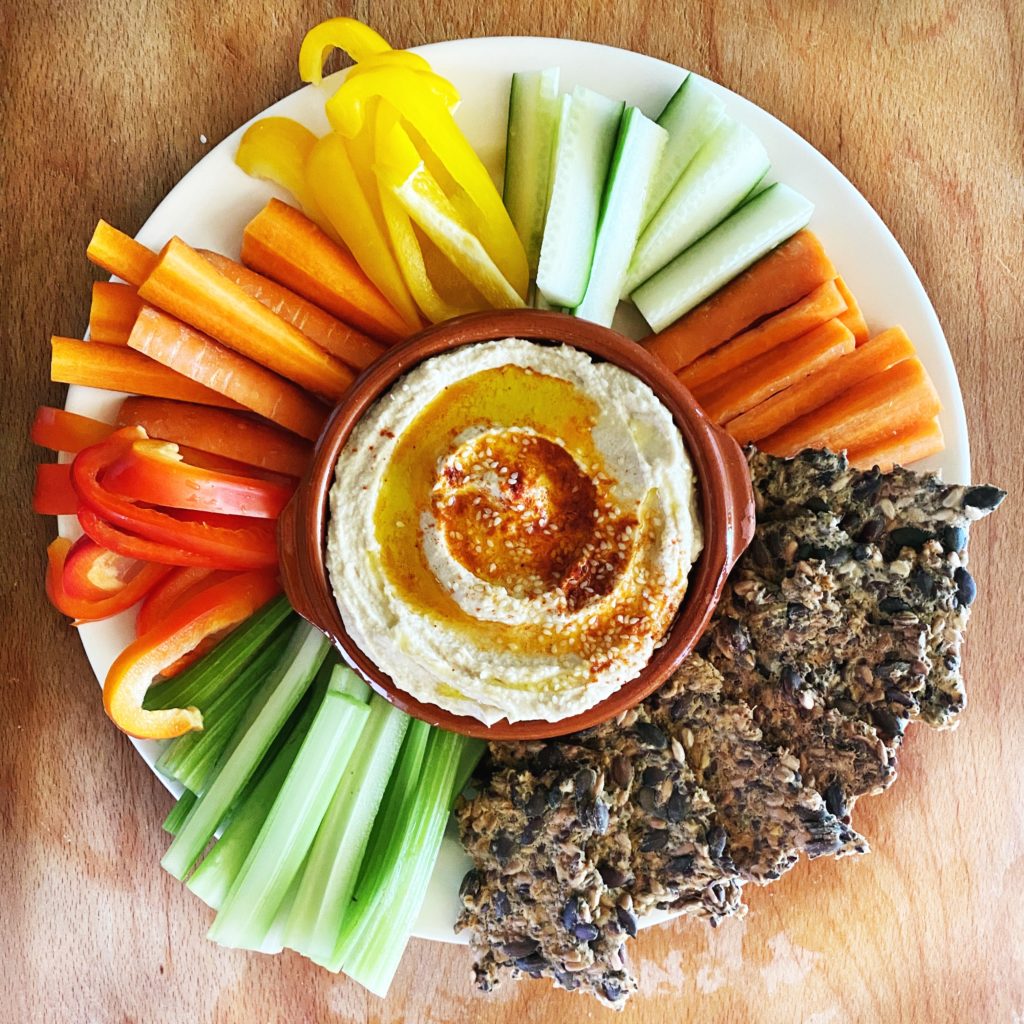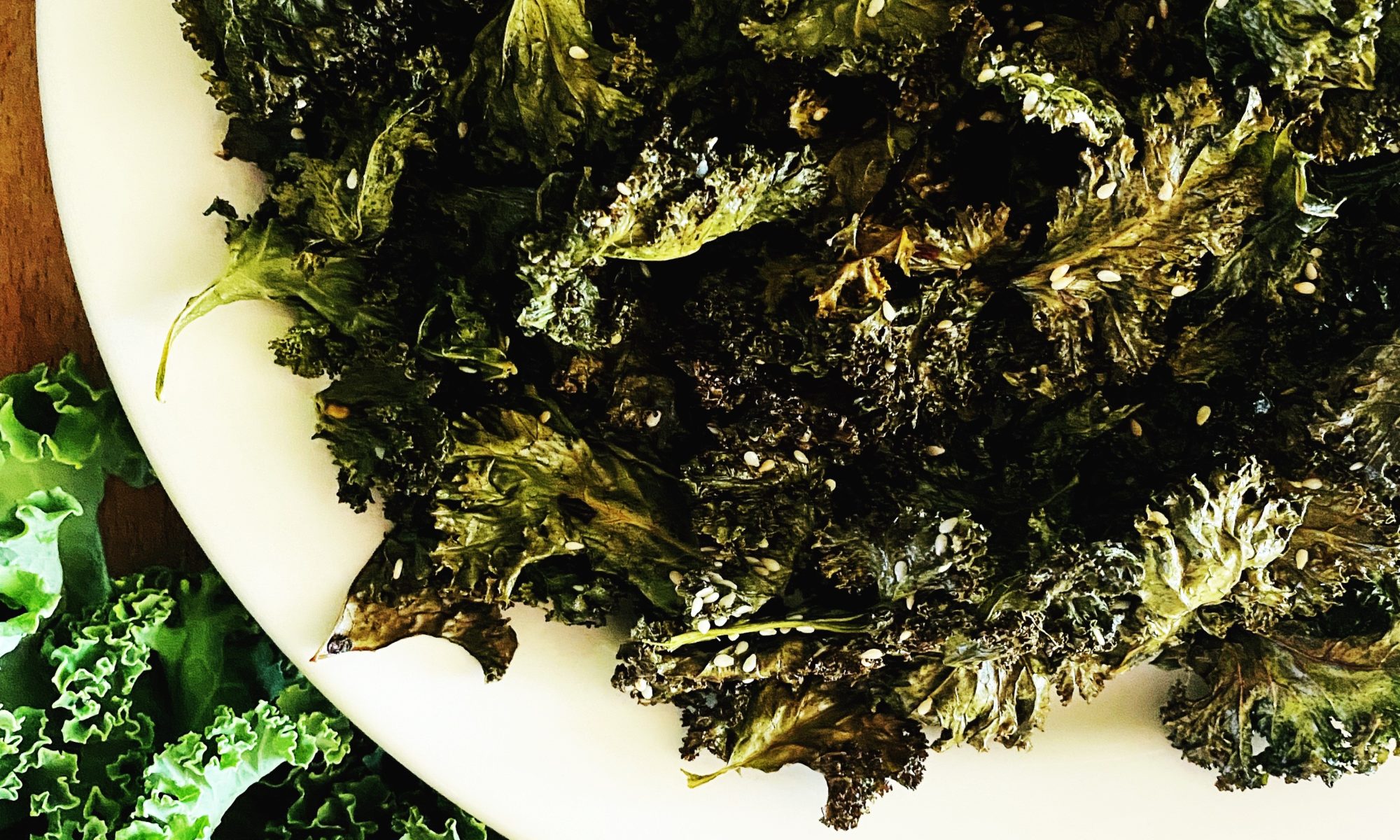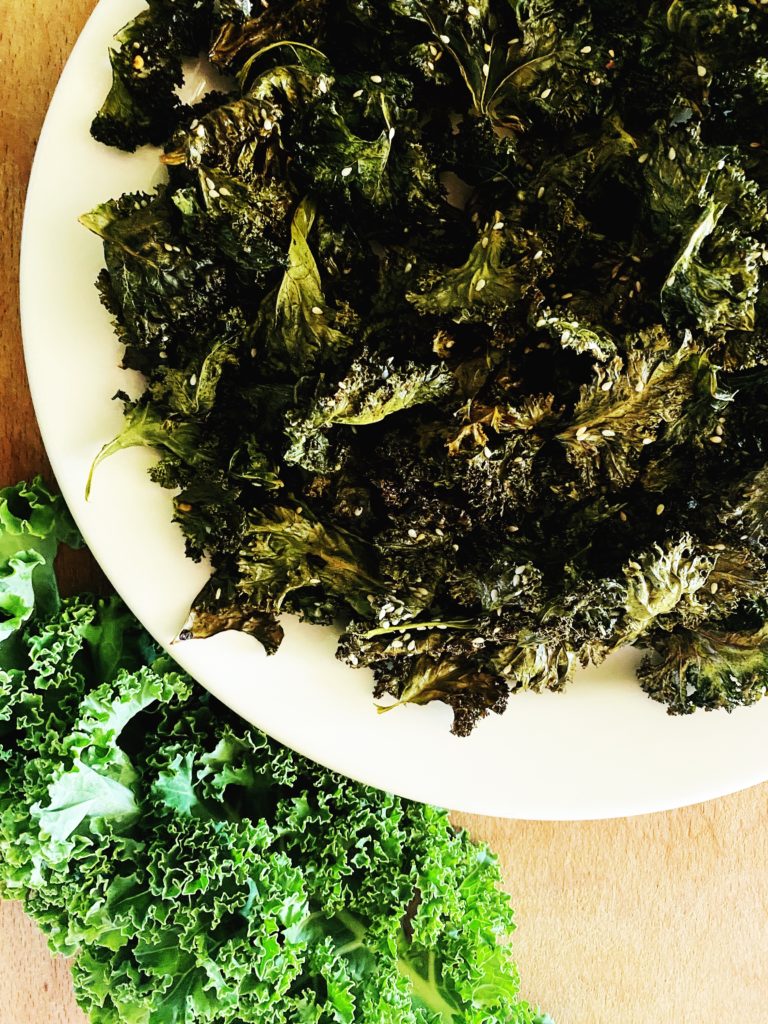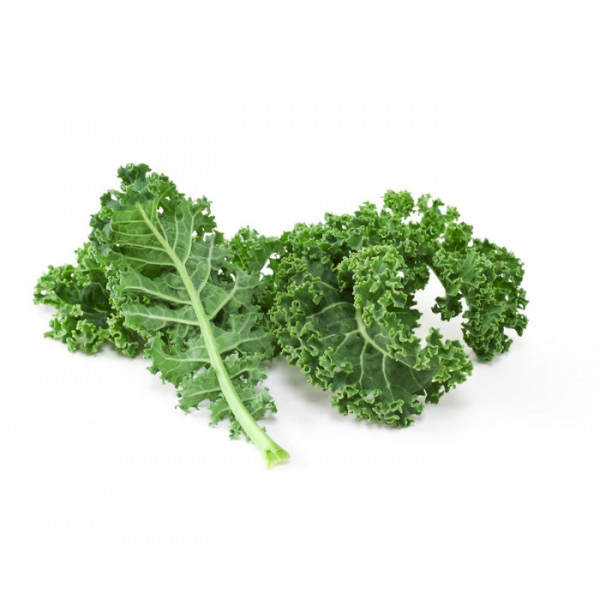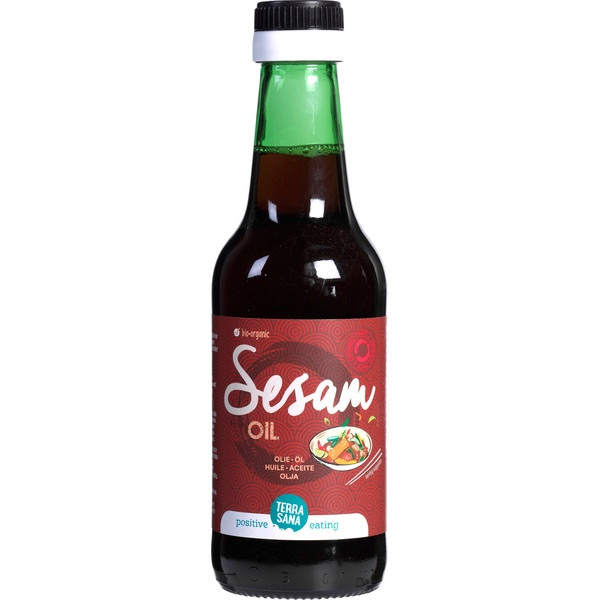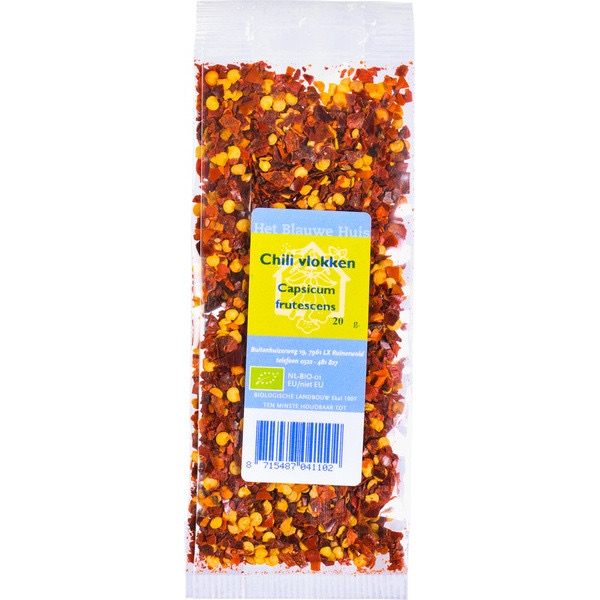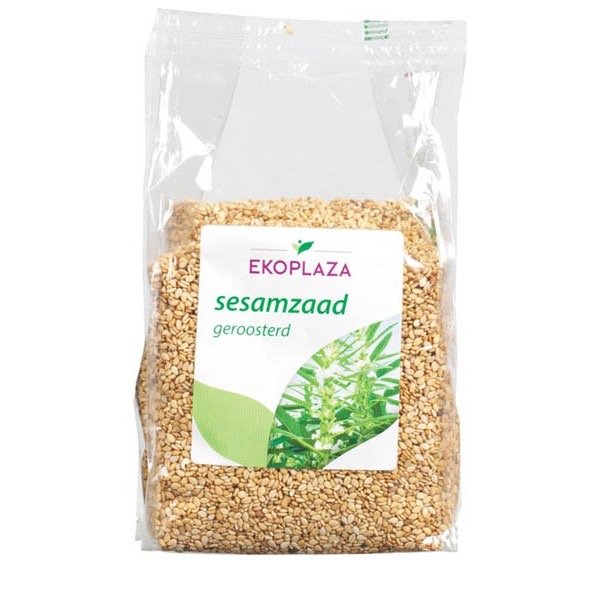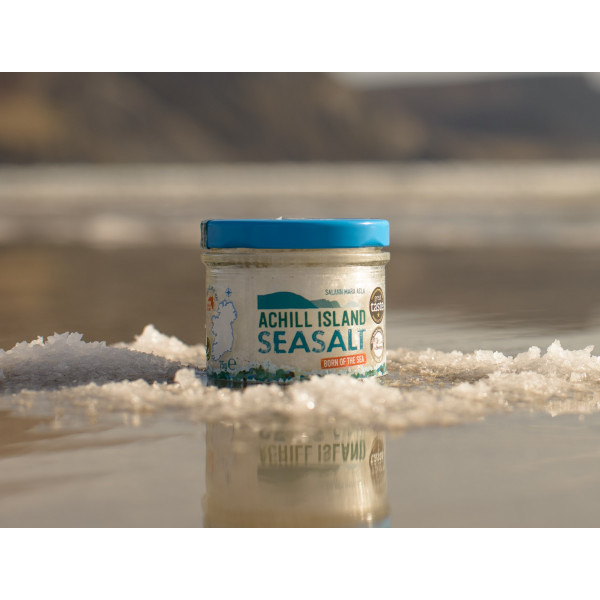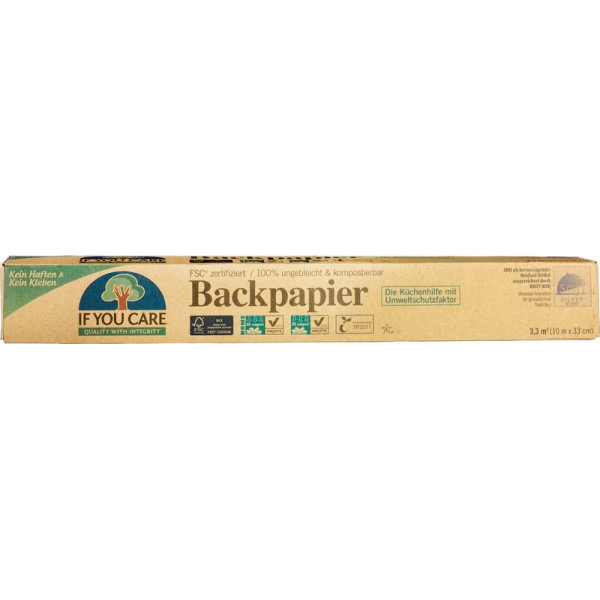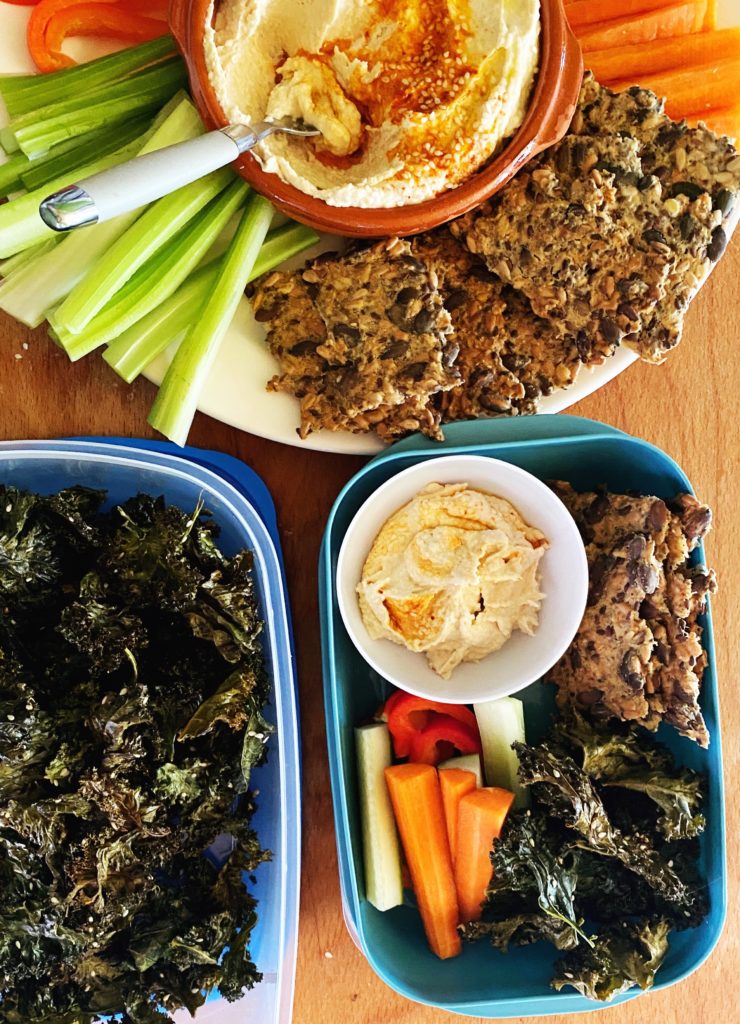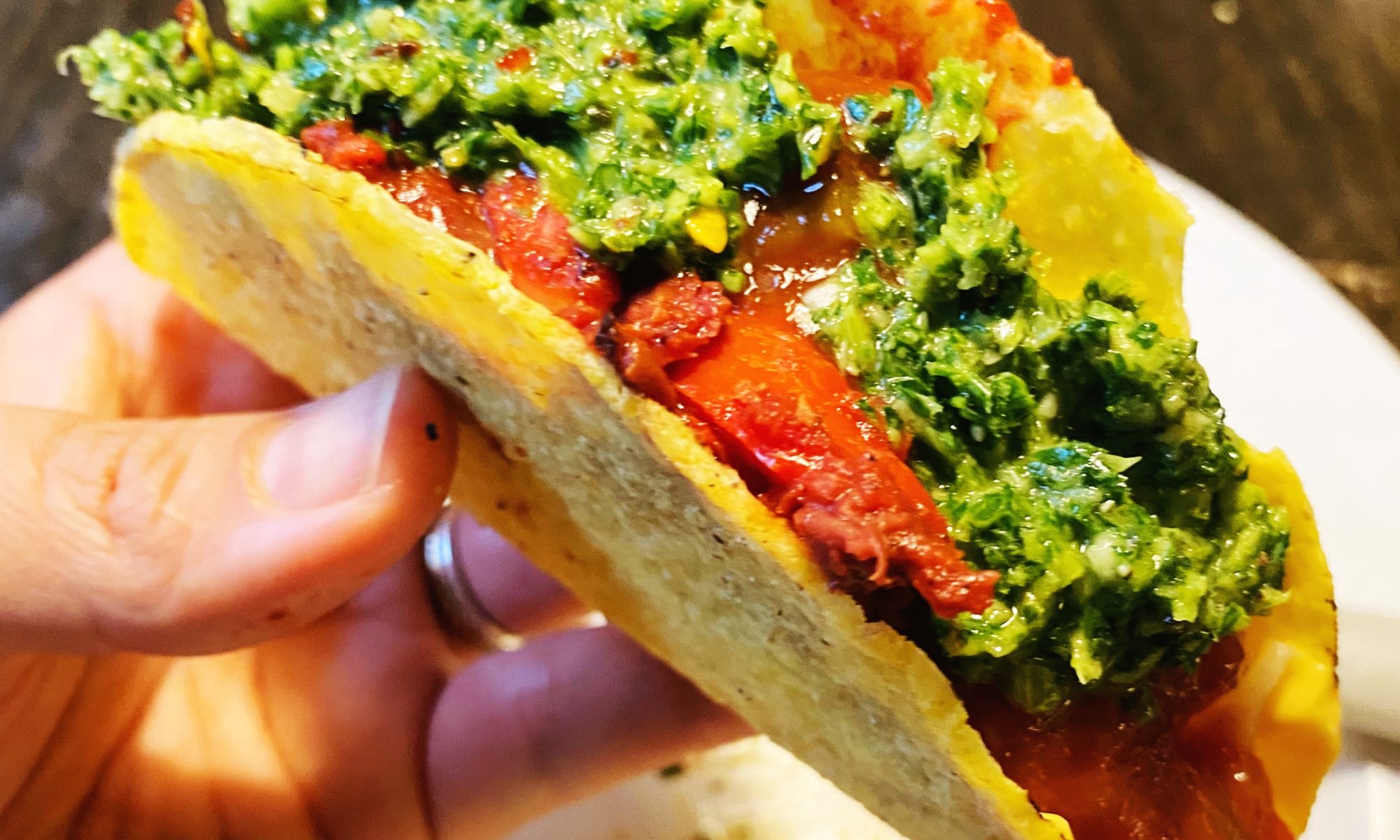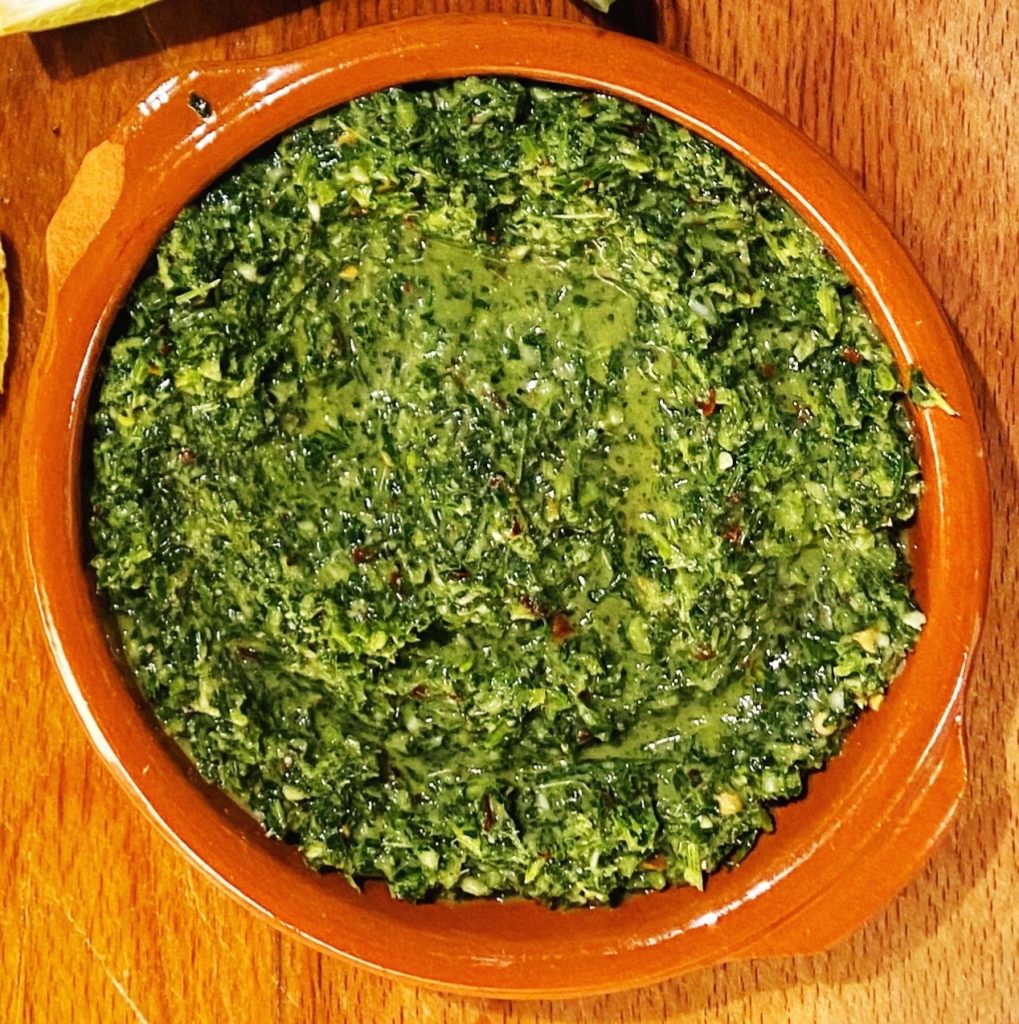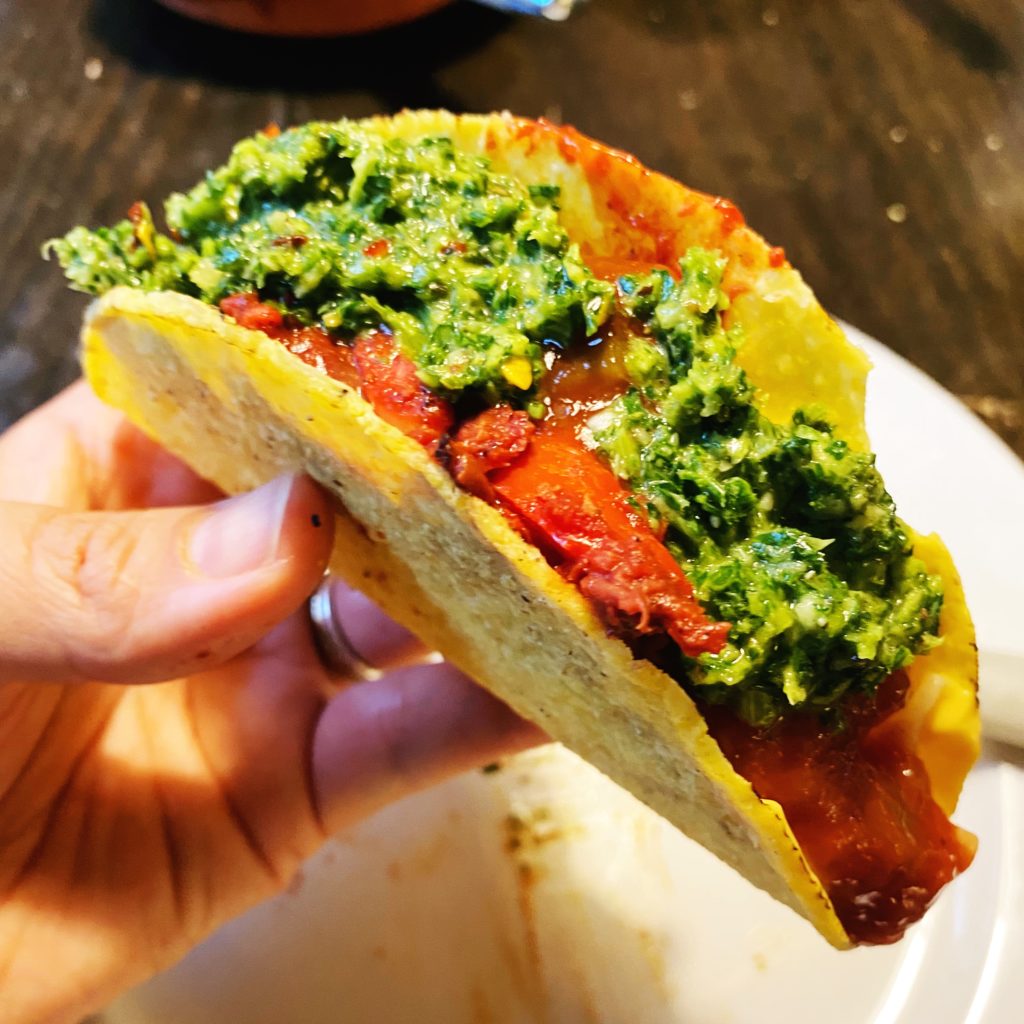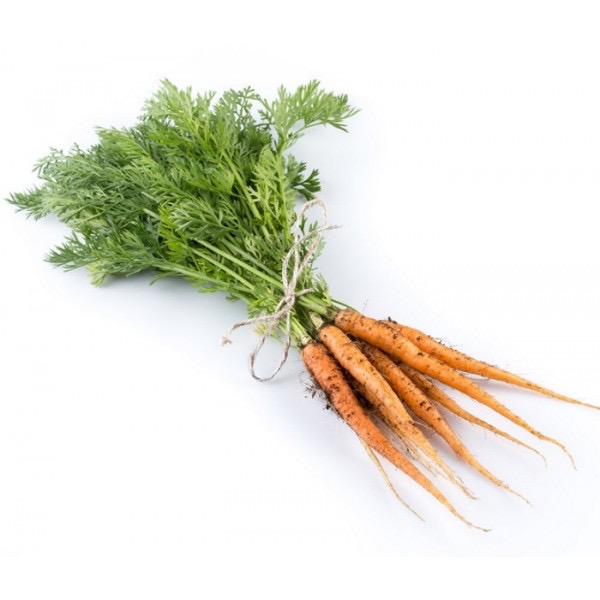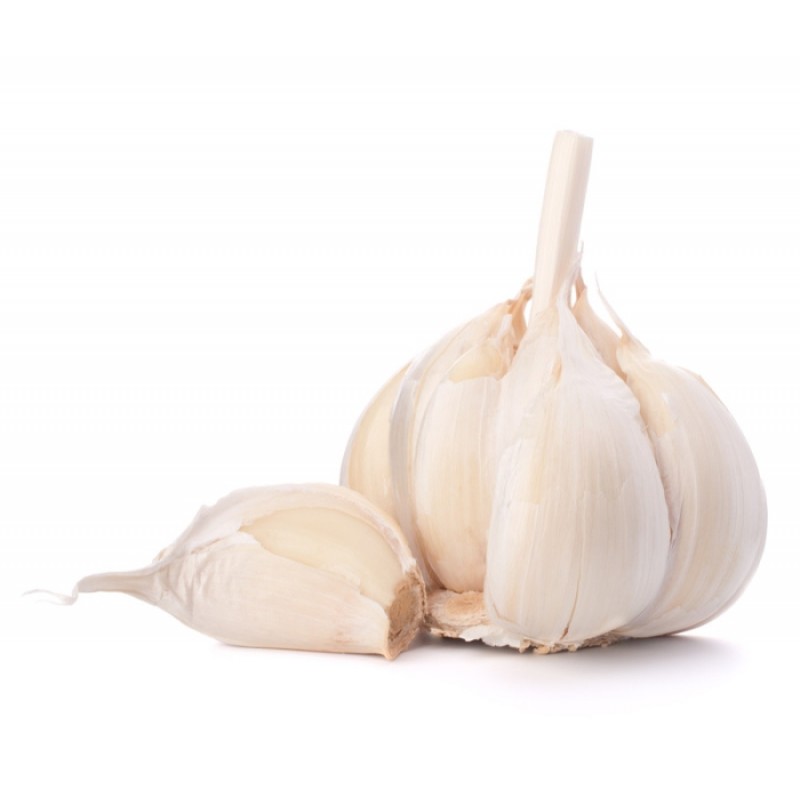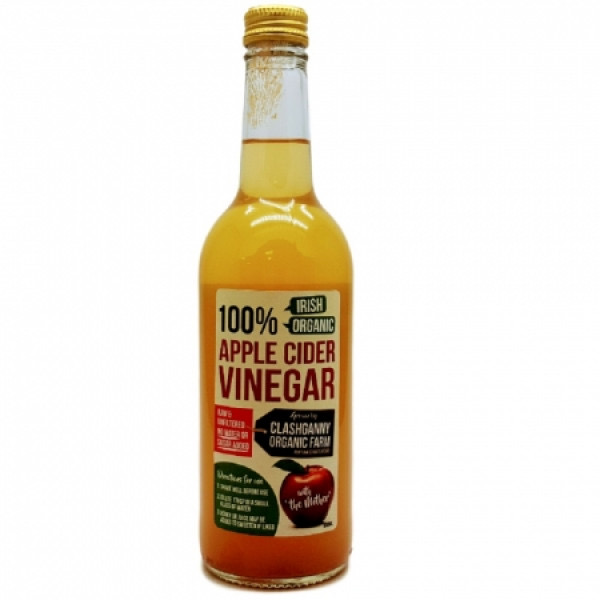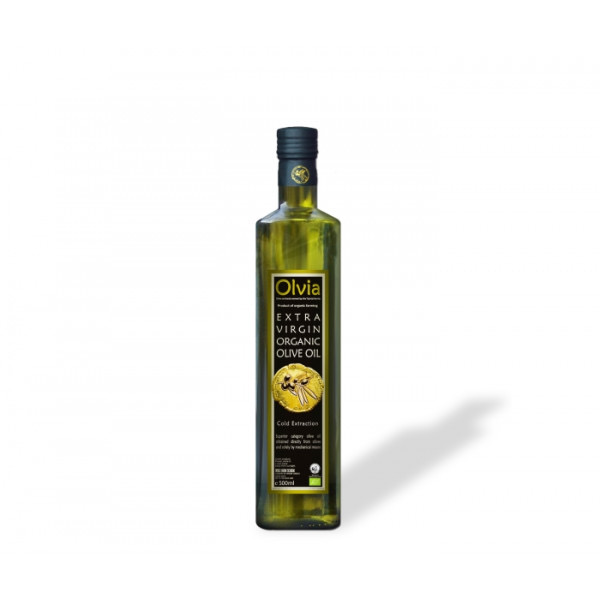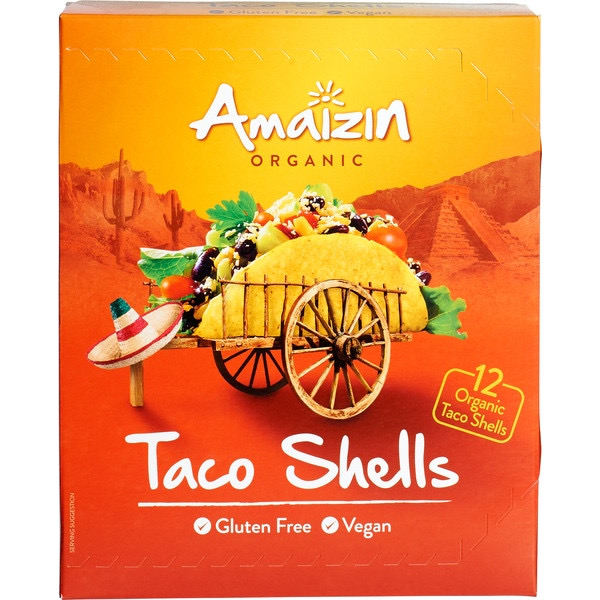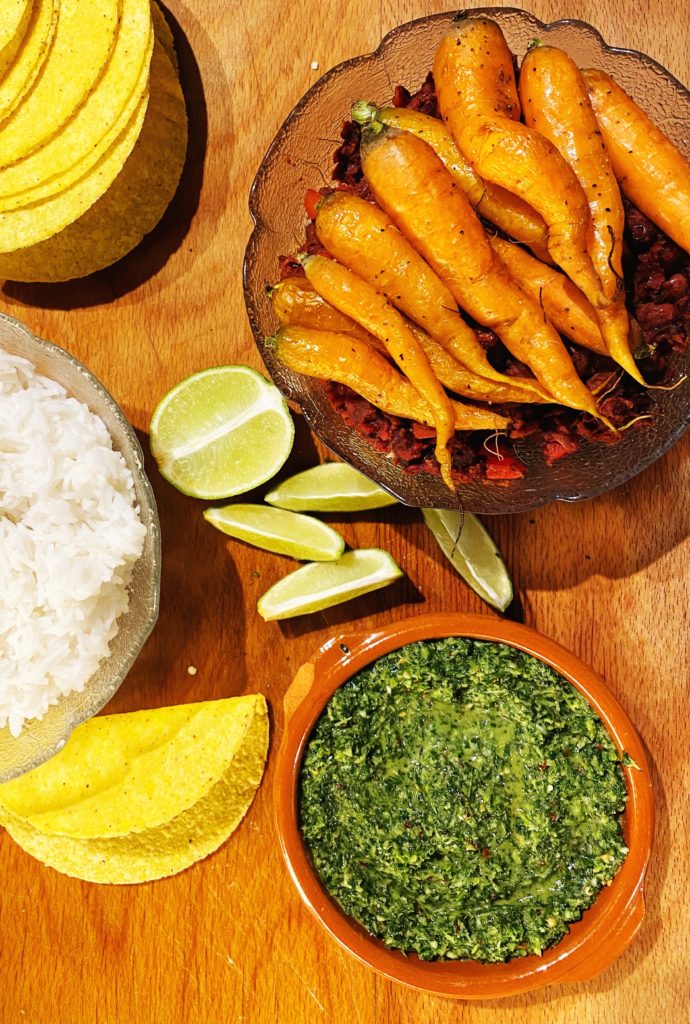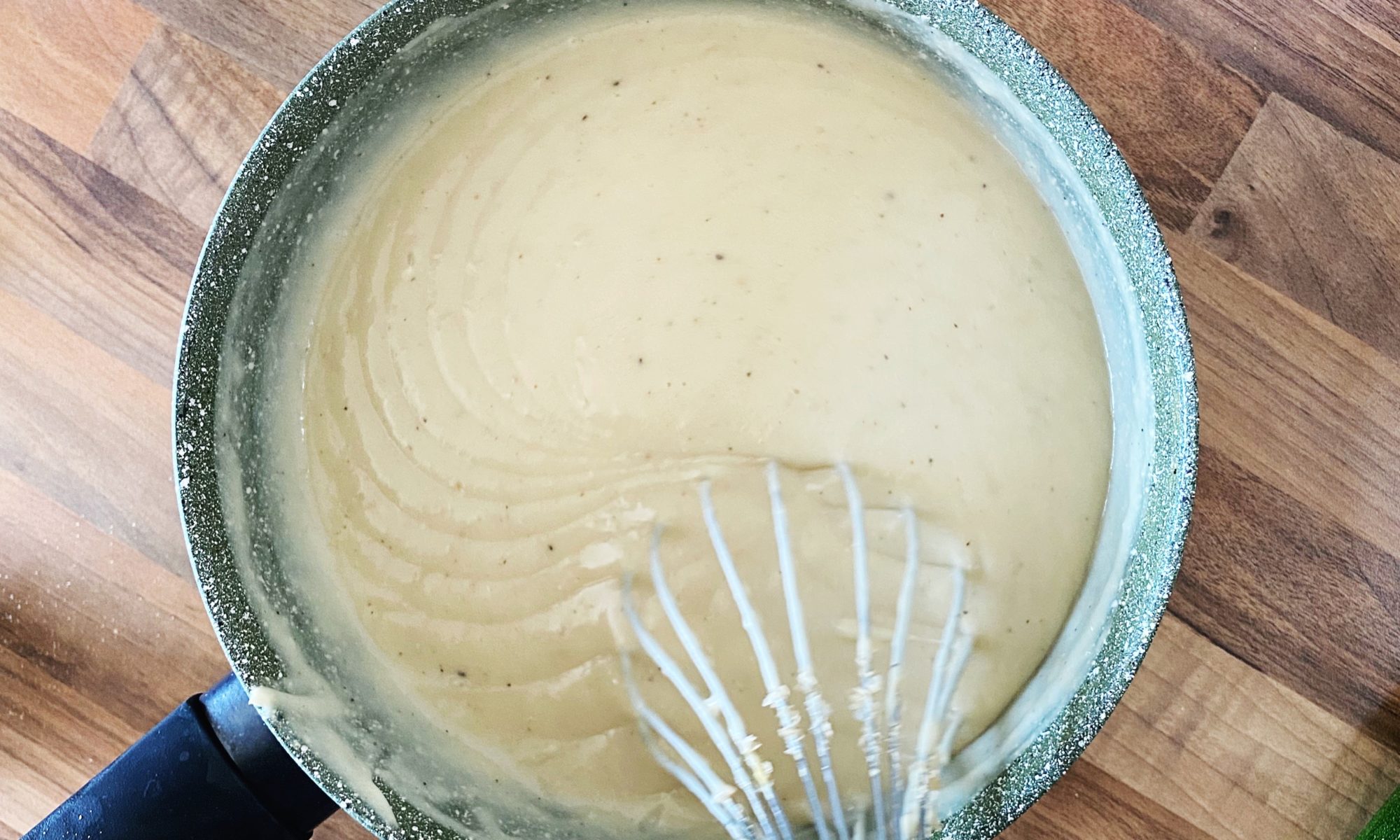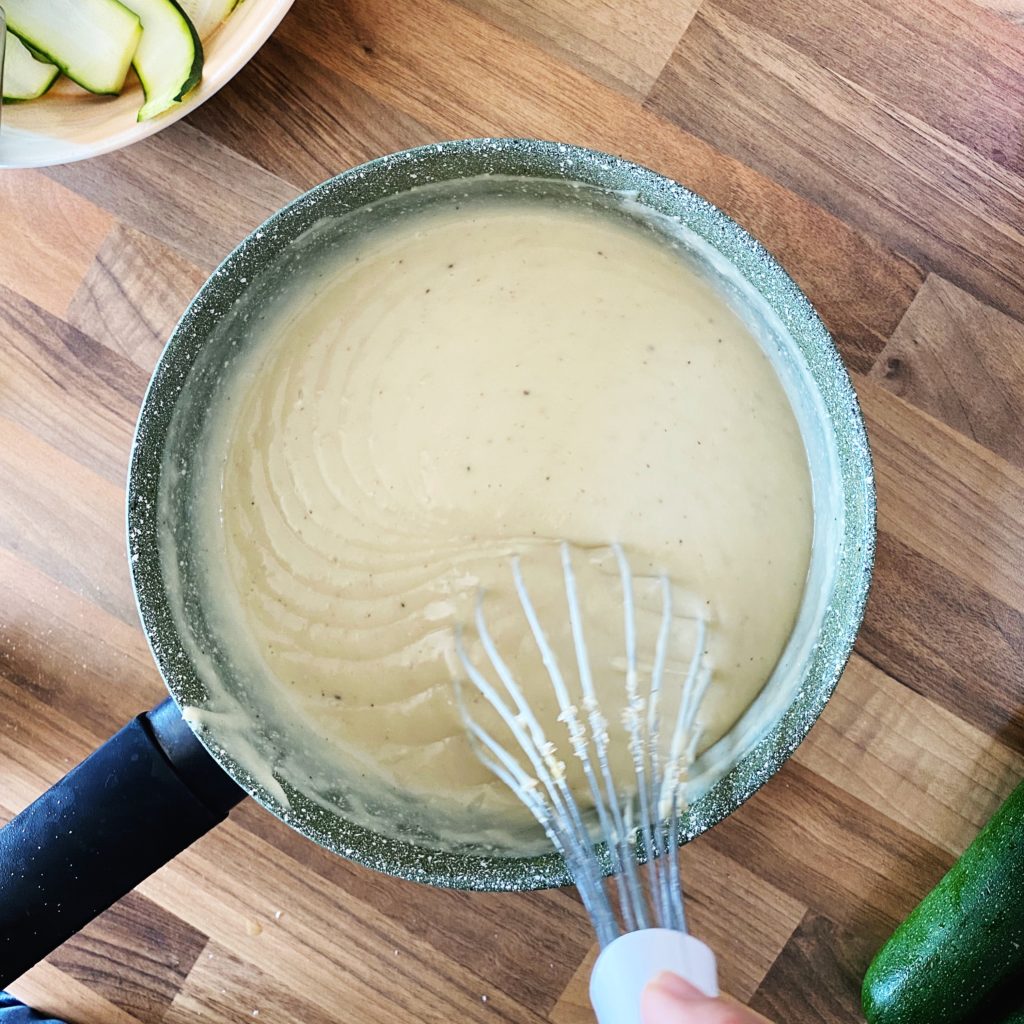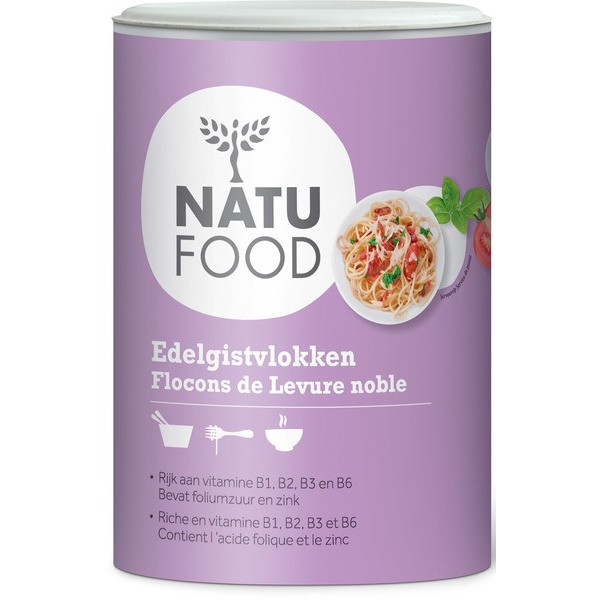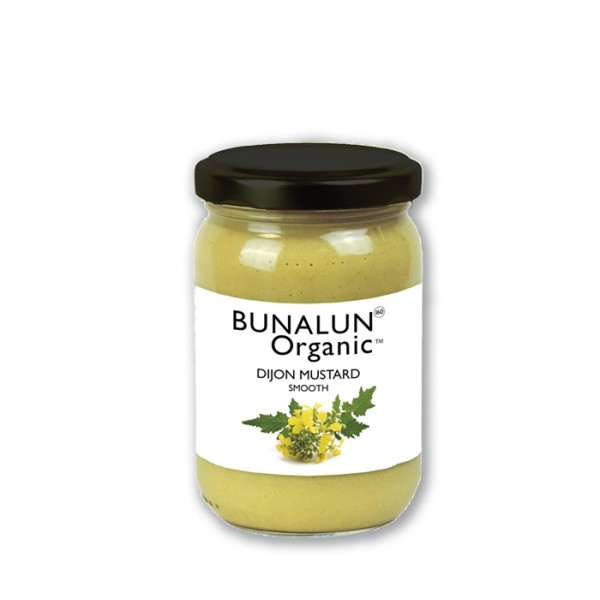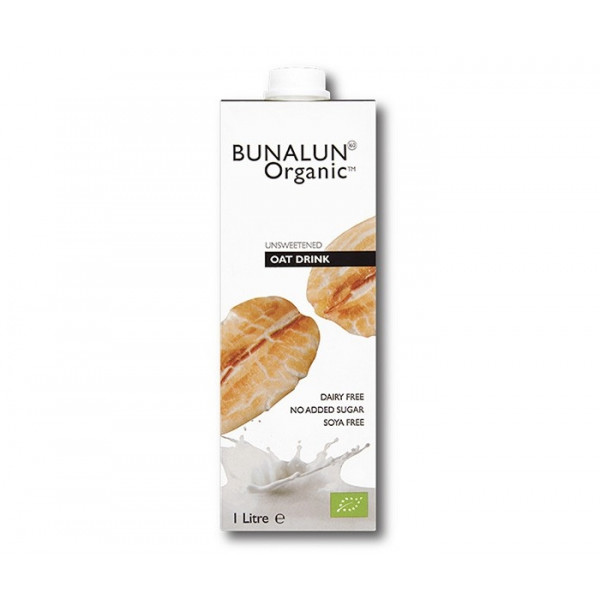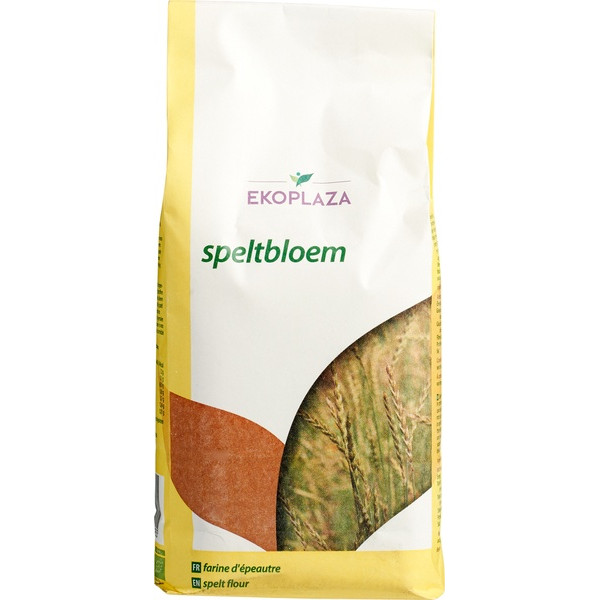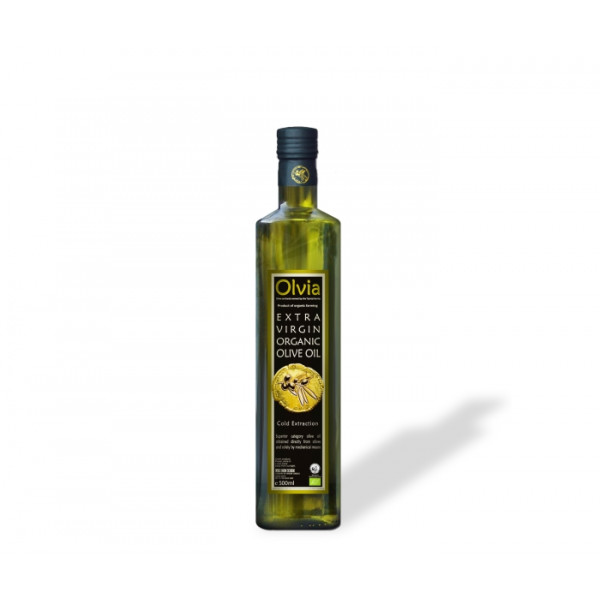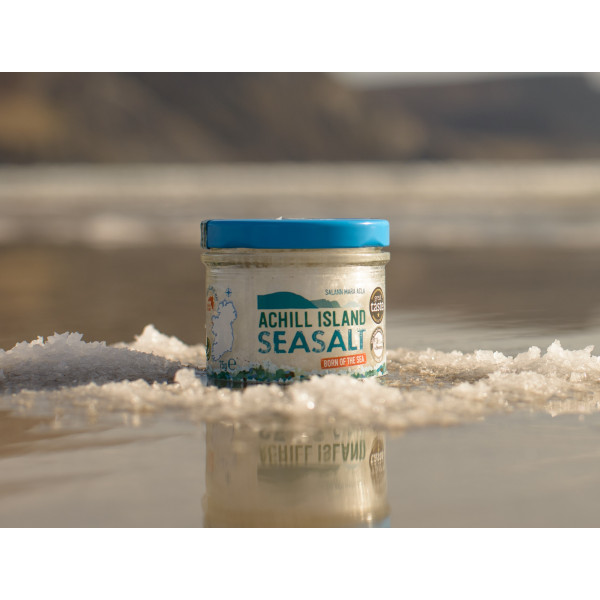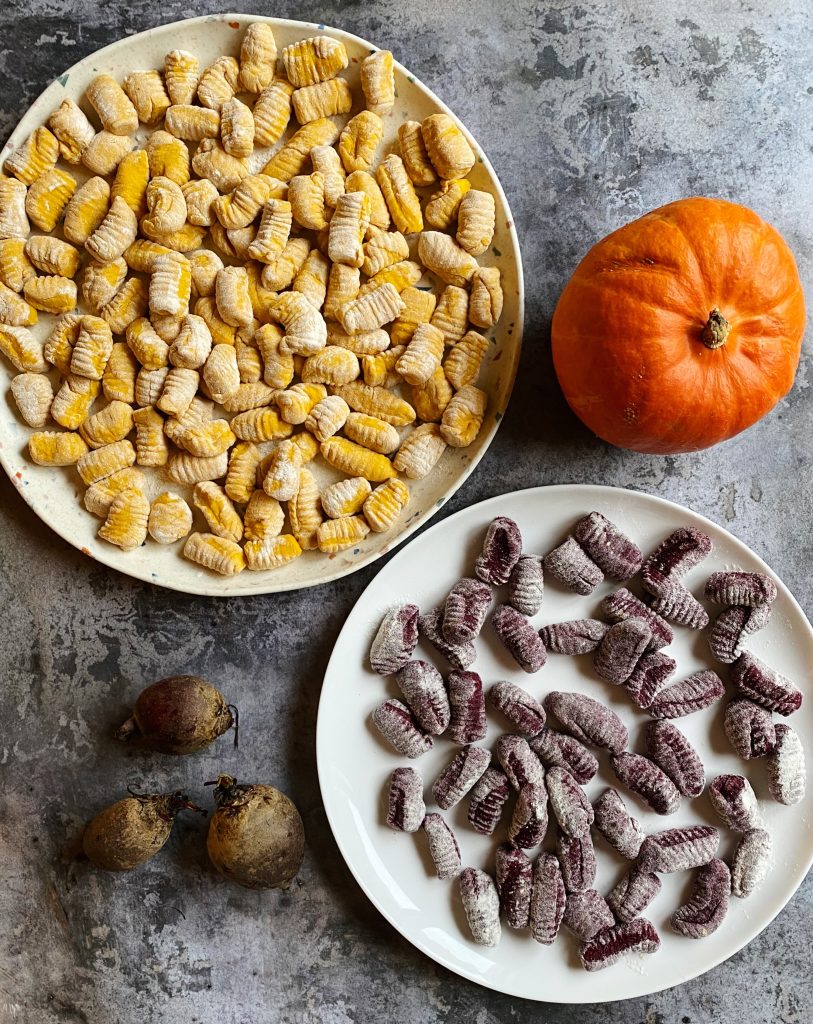
Gnocchi are easy to make but they do require a bit of time and a fair few steps. So save this recipe for when you have the time to really take your time and enjoy the process. These colourful autumn gnocchi are made with an exciting new harvest on the farm, uchi kuri squash, and our beautiful beetroot.
Serve simply sautéd with butter, garlic, herbs and kale, or make a rich tomato pasta sauce to pop them on. Here’s a 30 second video to show you the process, otherwise, read on below. Liz x
Ingredients (serves approx 8)
- a small winter squash like our uchi kuri (or sub with a butternut squash)
- 8 small beetroots, or 4 large
- salt & pepper to taste
- 4 tbsp olive oil
- plain flour (or a gluten free plain flour blend) – amounts vary, see method below
- 6 cloves of garlic
- 6 sprigs of rosemary (or sage?)
- enough butter (or more olive oil) to sauté
- 8 leaves of kale (sub with beetroot leaves if you have any fresh)
- a few handfuls of hazelnuts (we sell compostable bags of organic hazelnuts here)
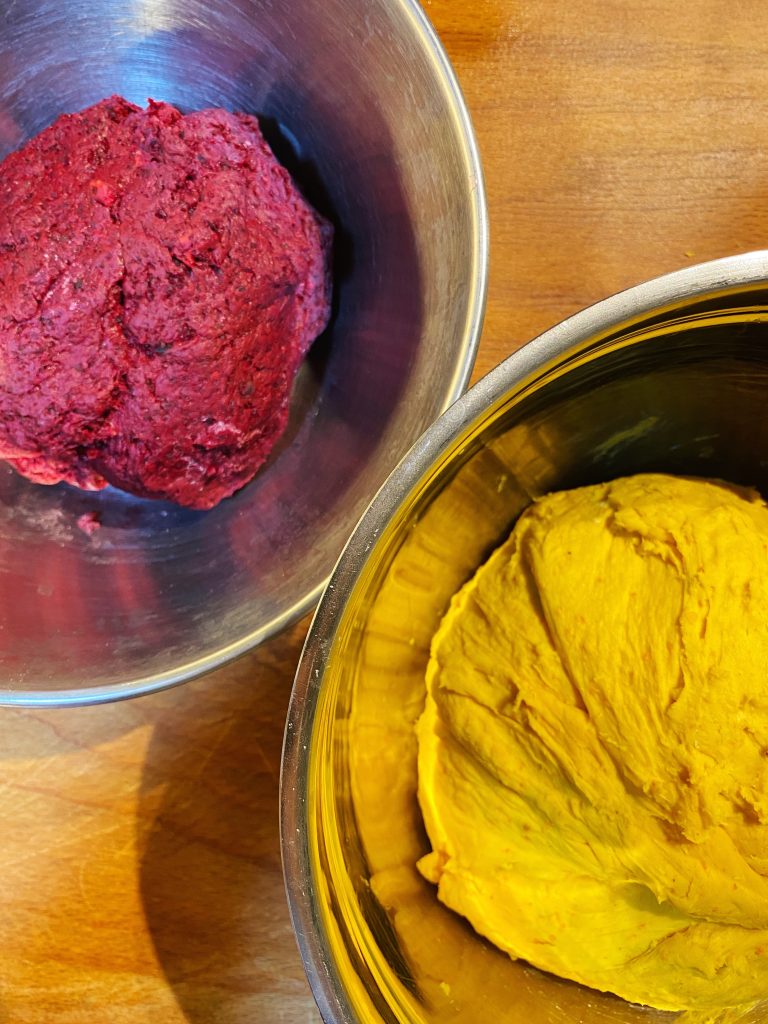
Method
- Preheat your oven to 200C and get two baking dishes ready.
- Chop your squash in half and scoop out the seeds. Chop the squash into chunks and put it into one roasting dish. Scrub the beetroots and chop them into chunks too. Put them into the other dish. No need to peel either of these lovely, organic vegetables.
- Season both dishes with salt and pepper and drizzle with olive oil. Then get them into the oven to roast until soft. This usually takes around 20-30 minutes, just keep an eye on them.
- Allow the roasted veg to cool a little, then blend the squash into a purée. Taste and slightly over-season with salt. It needs to be a little too salty as you will be adding a fair bit of flour next.
- Add 4 large serving spoons of plain flour to the food processor and gently pulse the mixture together. Be very careful not to over-mix as this can make the dough tough. I do this in a large food processor with the ‘S’ blade attachment, but you can use a stick blender to purée then just fold in the flour in a large bowl. Add more flour as needed (amounts vary as different vegetables have different water content) until you achieve a soft dough.
- Scoop the dough into a bowl, then repeat the process with the beetroot. You will probably find that the beetroot dough needs less flour.
- Cut the dough into manageable portions. Generously flour a clean work surface and roll the dough into thick snakes. Cut the snakes into bite size pieces.
- Gently roll each bite over a ridged gnocchi board or the back of a fork. Place the gnocchi onto large, floured plates or trays.
- Bring a large pot of water to a rolling boil. Then drop the squash gnocchi in, in small batches. Boil briefly, just until they start to rise to the surface, then scoop them out with a slotted spoon and place in a tray, ready to sauté. Repeat this process until all the squash gnocchi are boiled, then do the same with the beetroot. Do the beetroot AFTER the squash so that the squash gnocchi don’t get stained pink.
- At this point you can space out any gnocchi you won’t be needing right away on a tray and freeze. When they are frozen solid they can be tipped into a box in the freezer to use another day.
- Gnocchi can be sautéed, roasted, boiled, baked in a sauce… I think they are best sautéed in butter or olive oil and winter herbs. Get a large frying pan on the hob with a very generous knob of butter, tumble in as many gnocchi as you like and sauté until hot and starting to take on some colour.
- Add torn kale leaves, sliced garlic, rosemary and chopped hazelnuts to the pan and cook until the kale has wilted and the nuts are toasty. Season as needed and serve.
